Day 21 - Walking The Nakasendō, Japan - Climbing 13 Hills, from Magome to Ochiai to Nakatsugawa to Ena
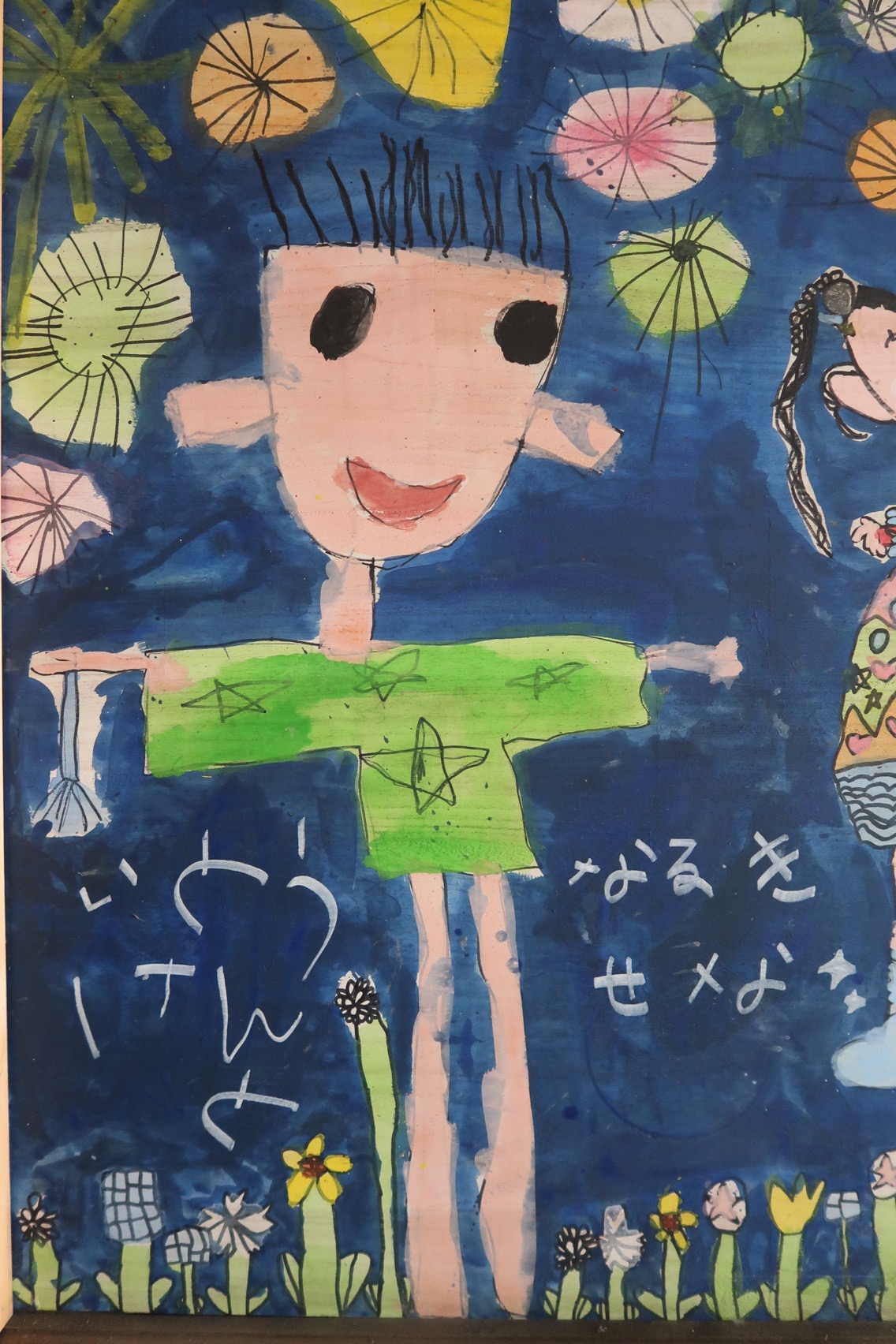
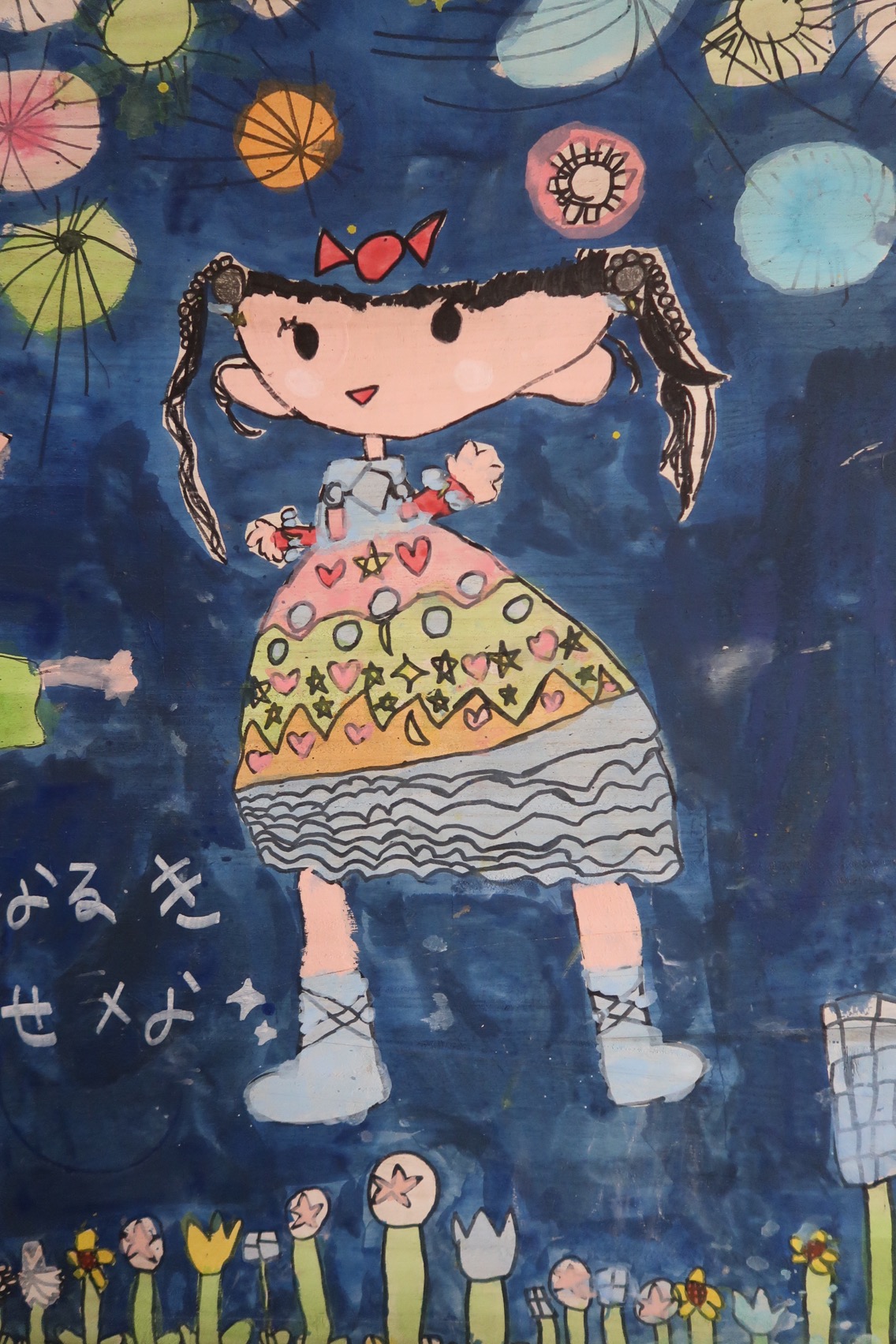
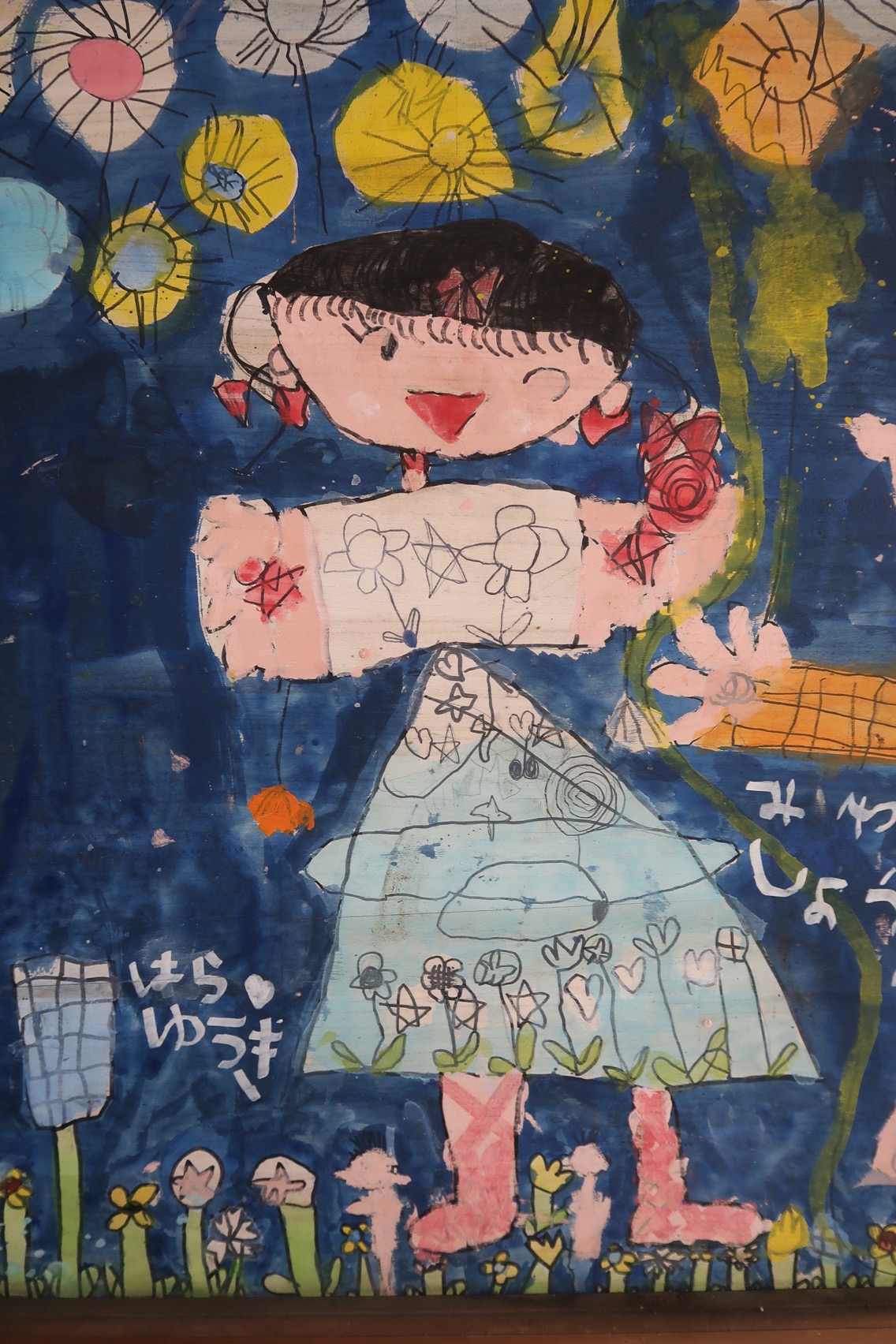
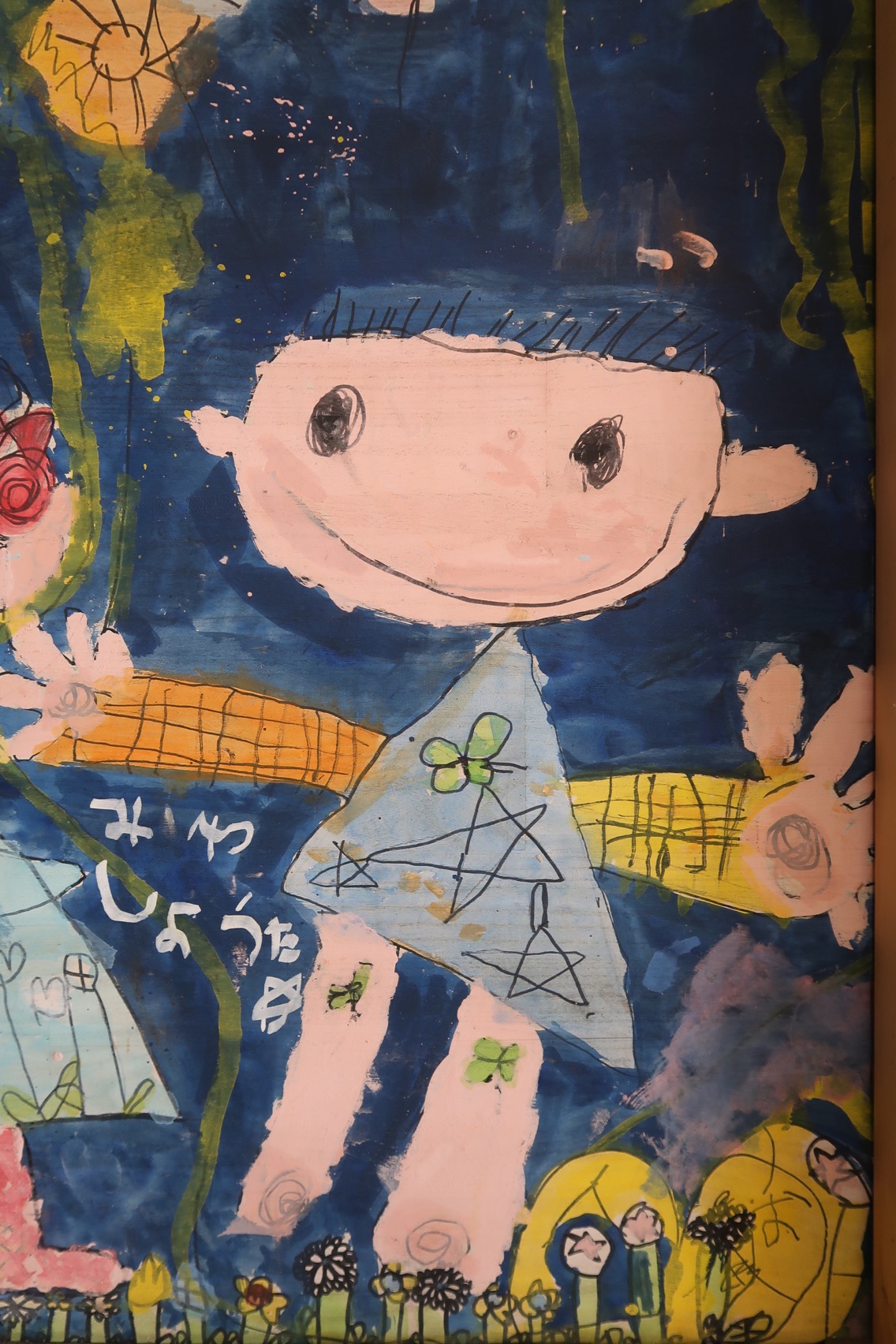
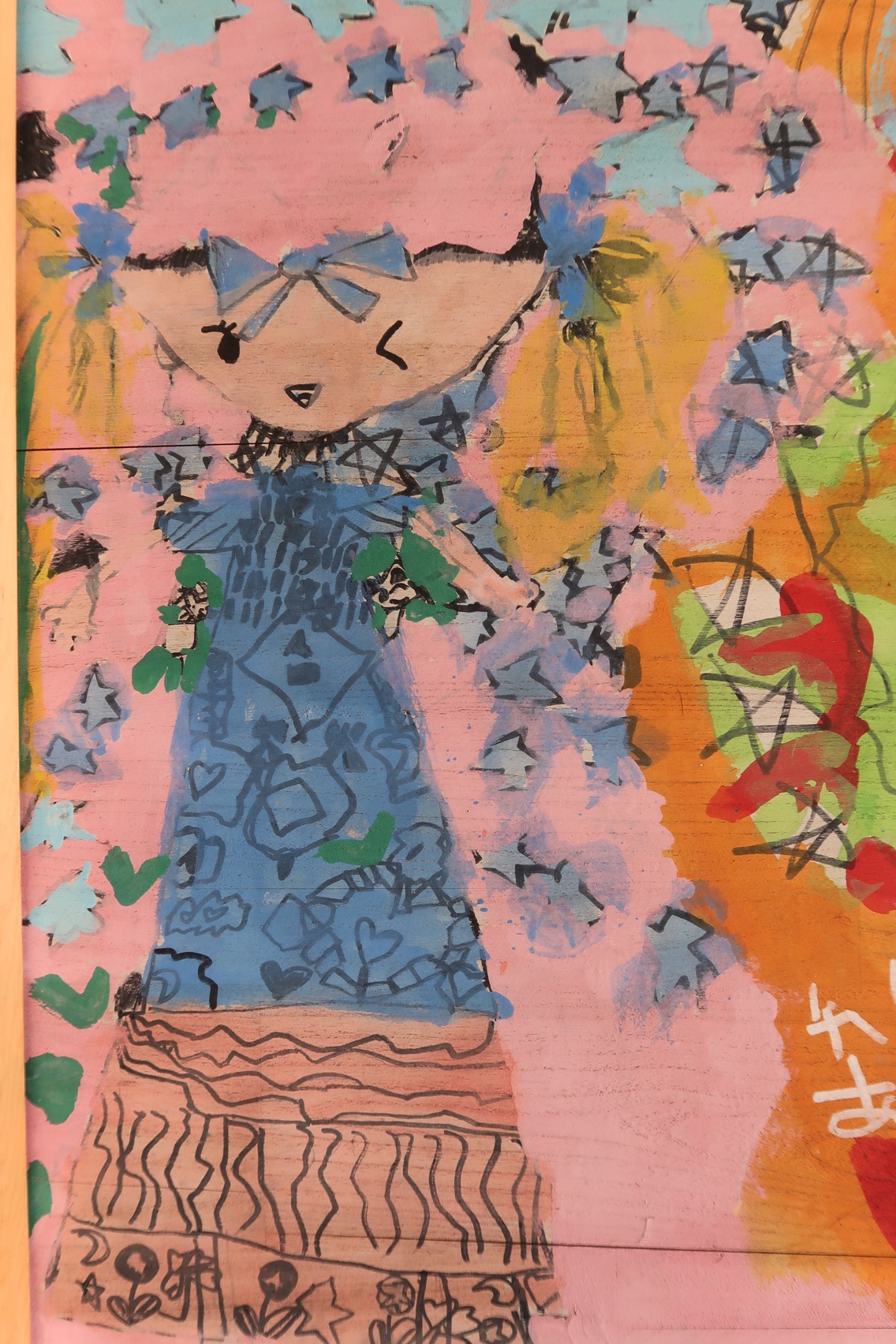
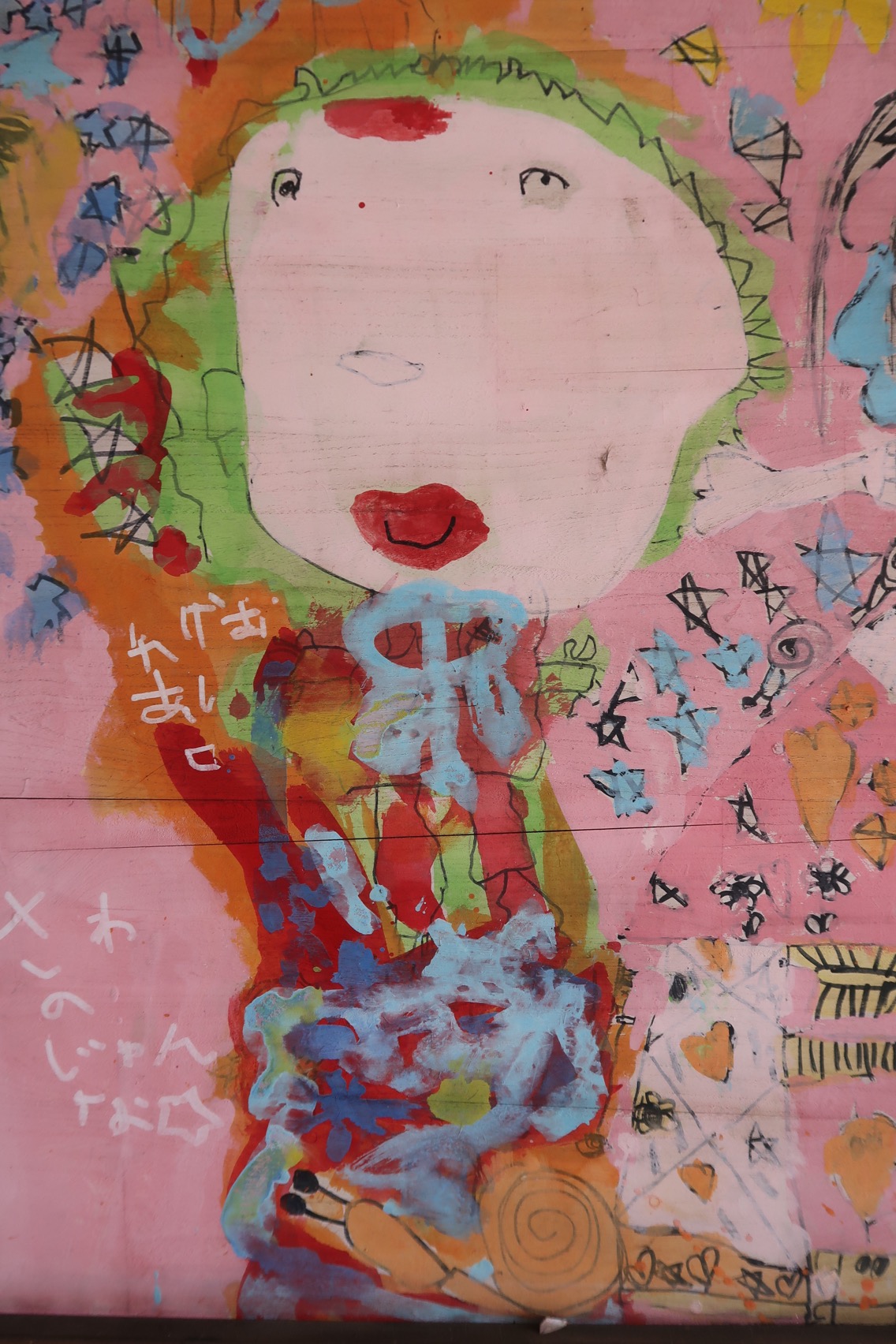
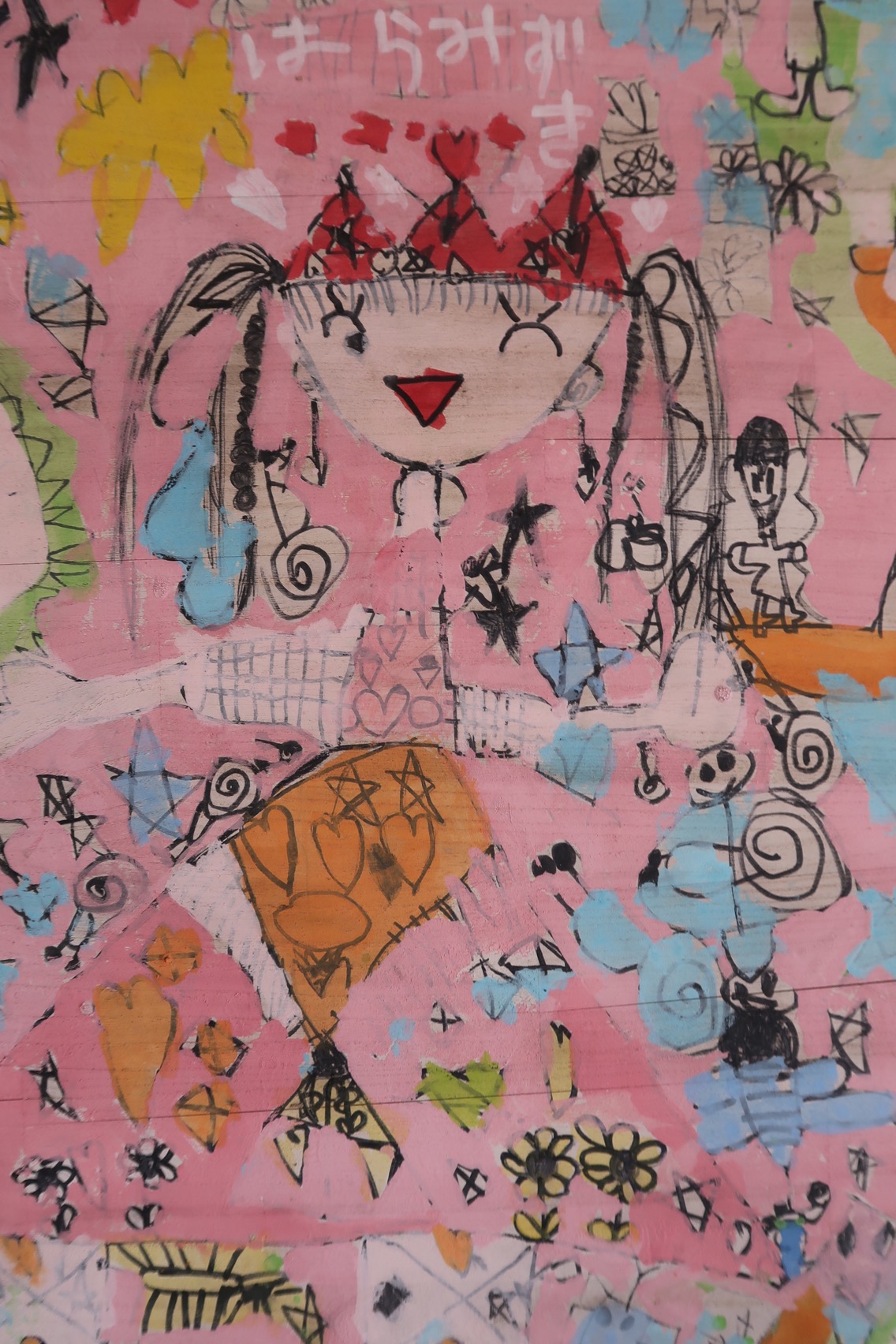
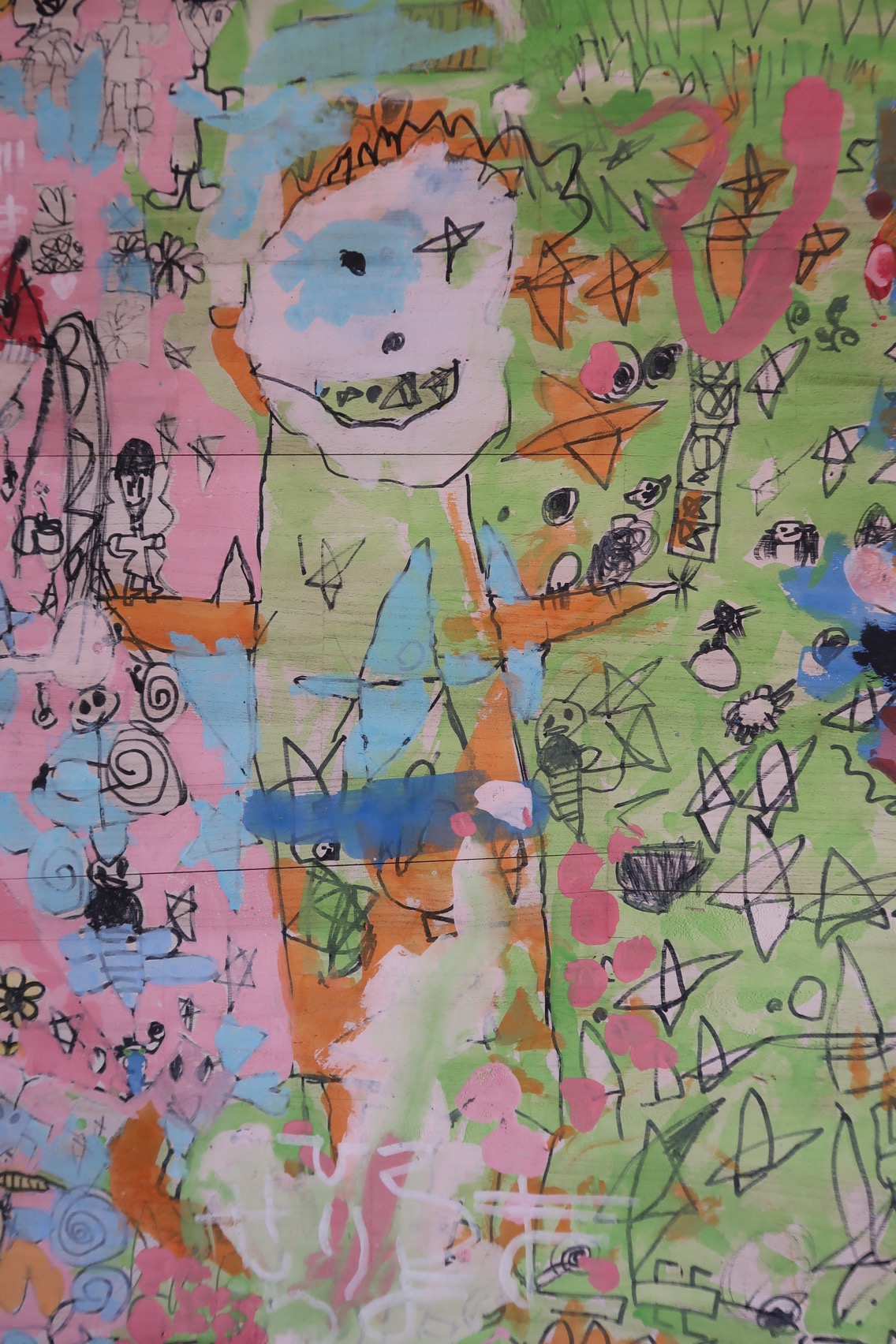
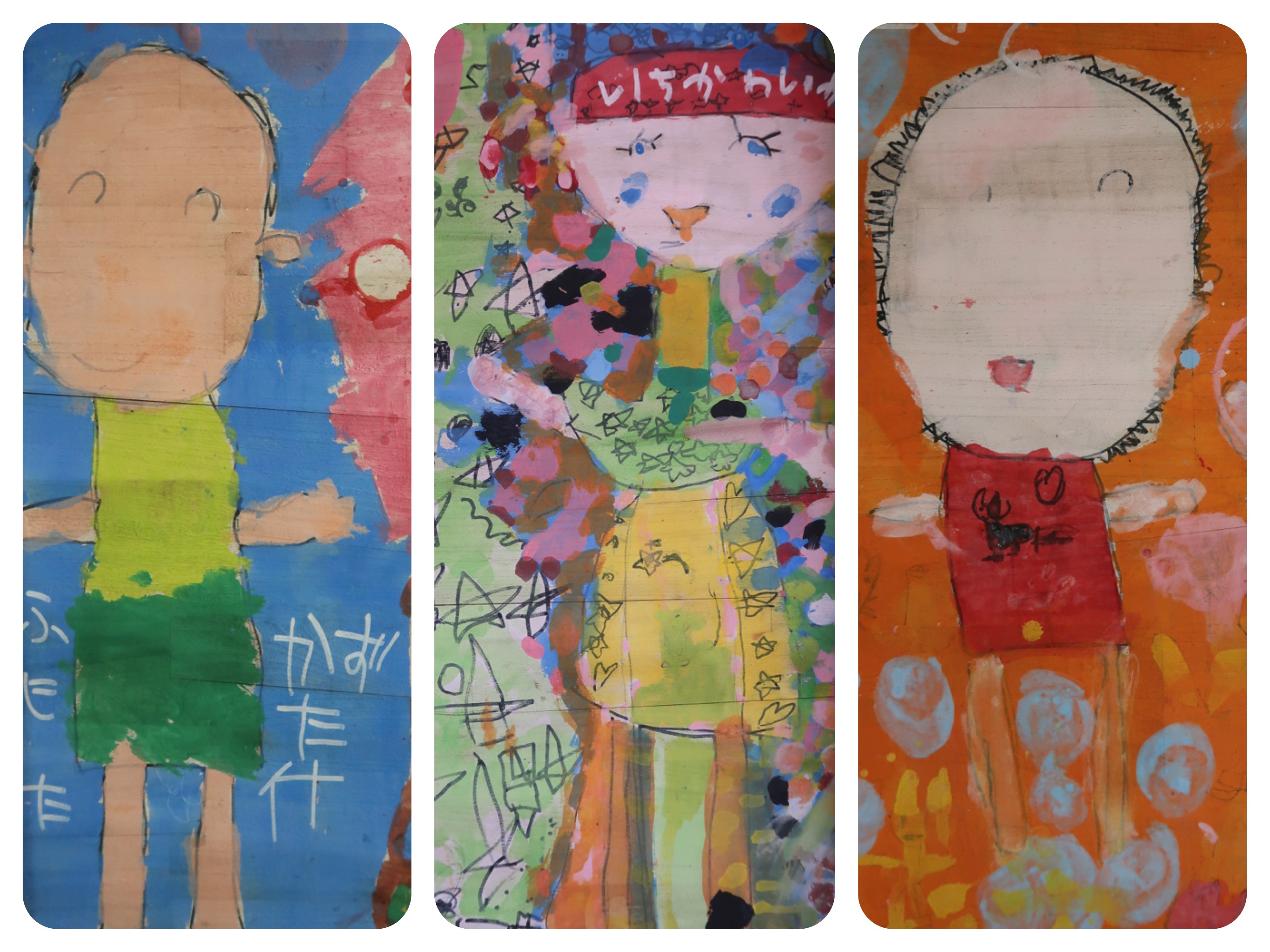
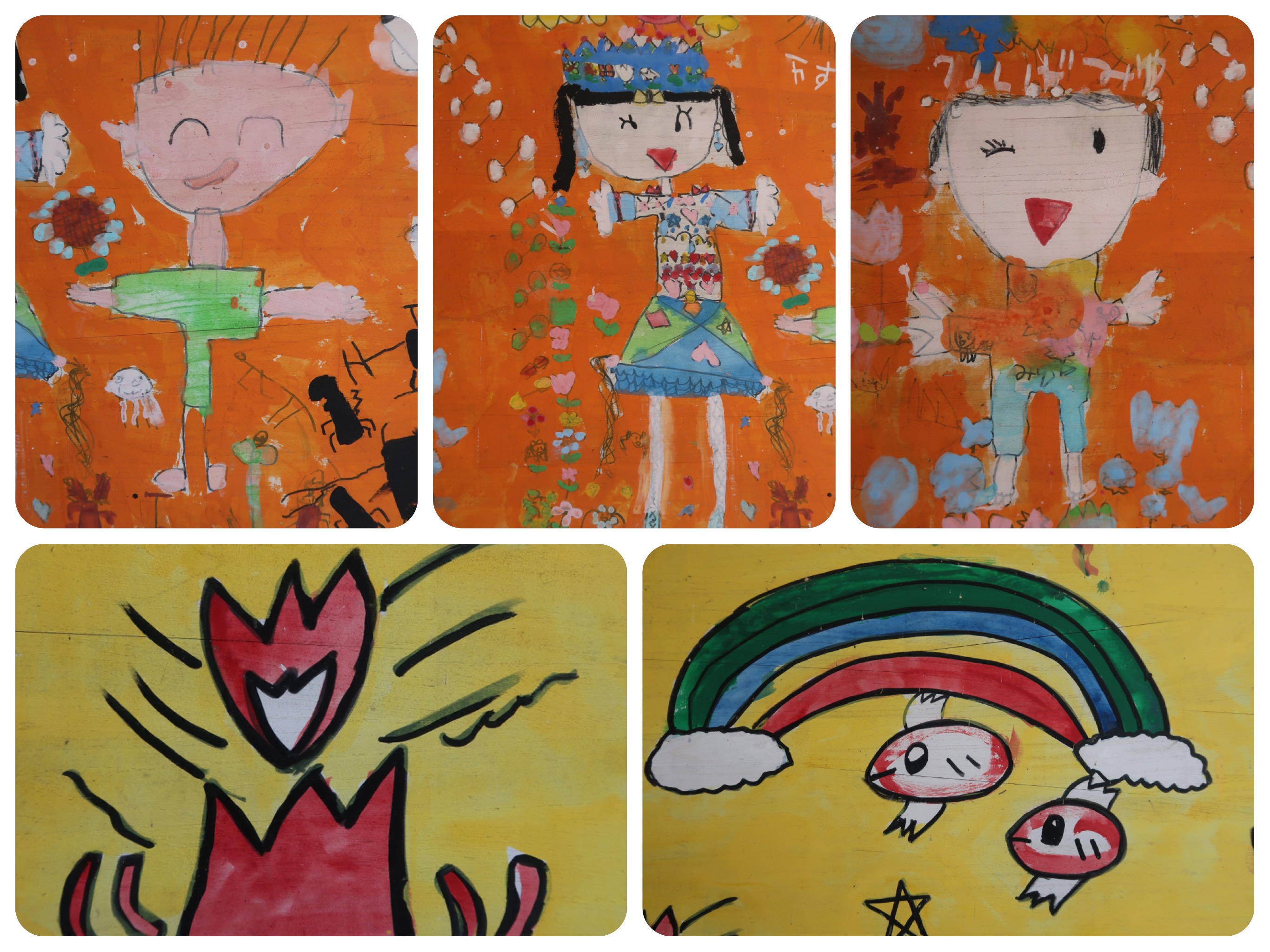
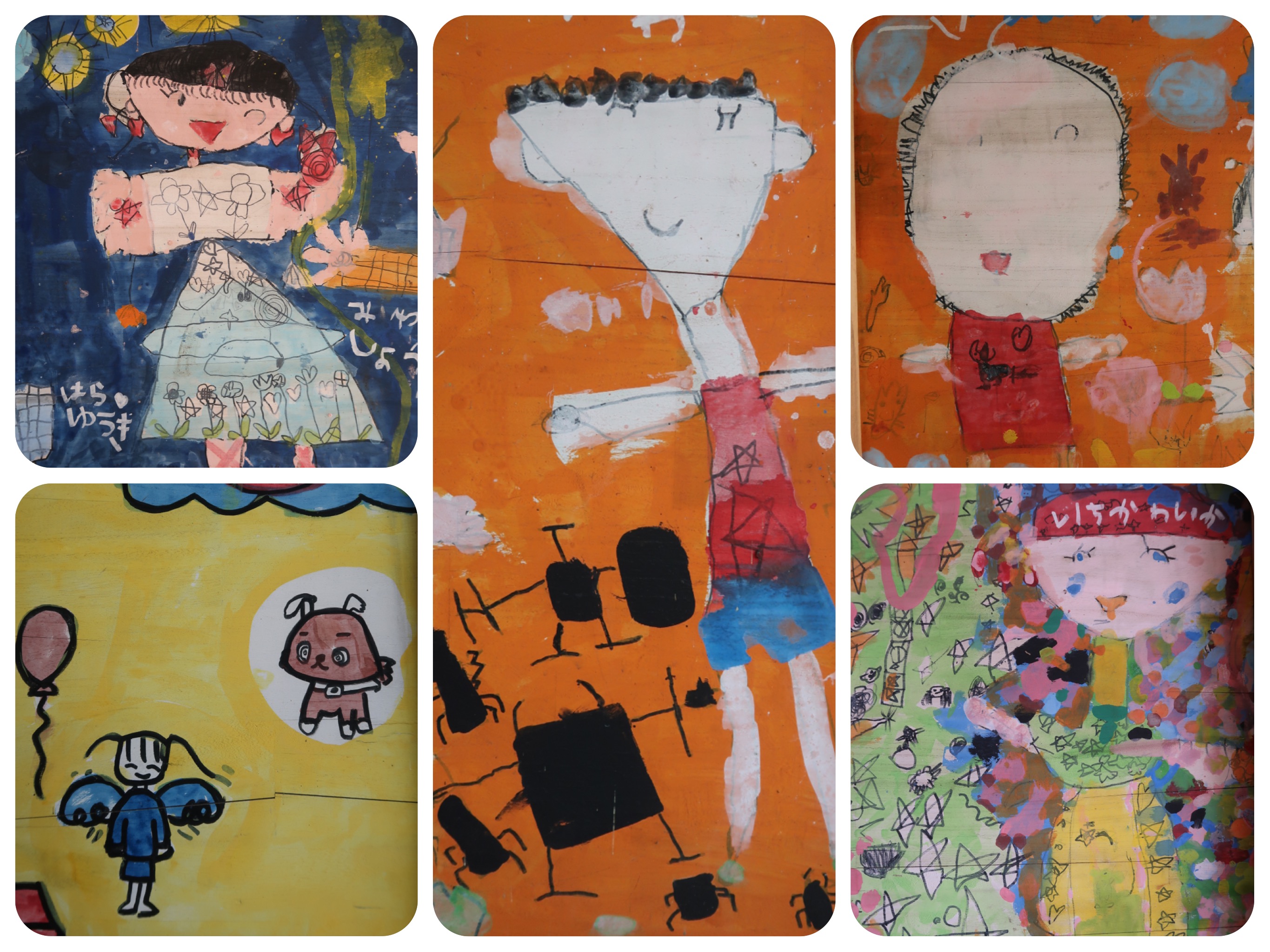
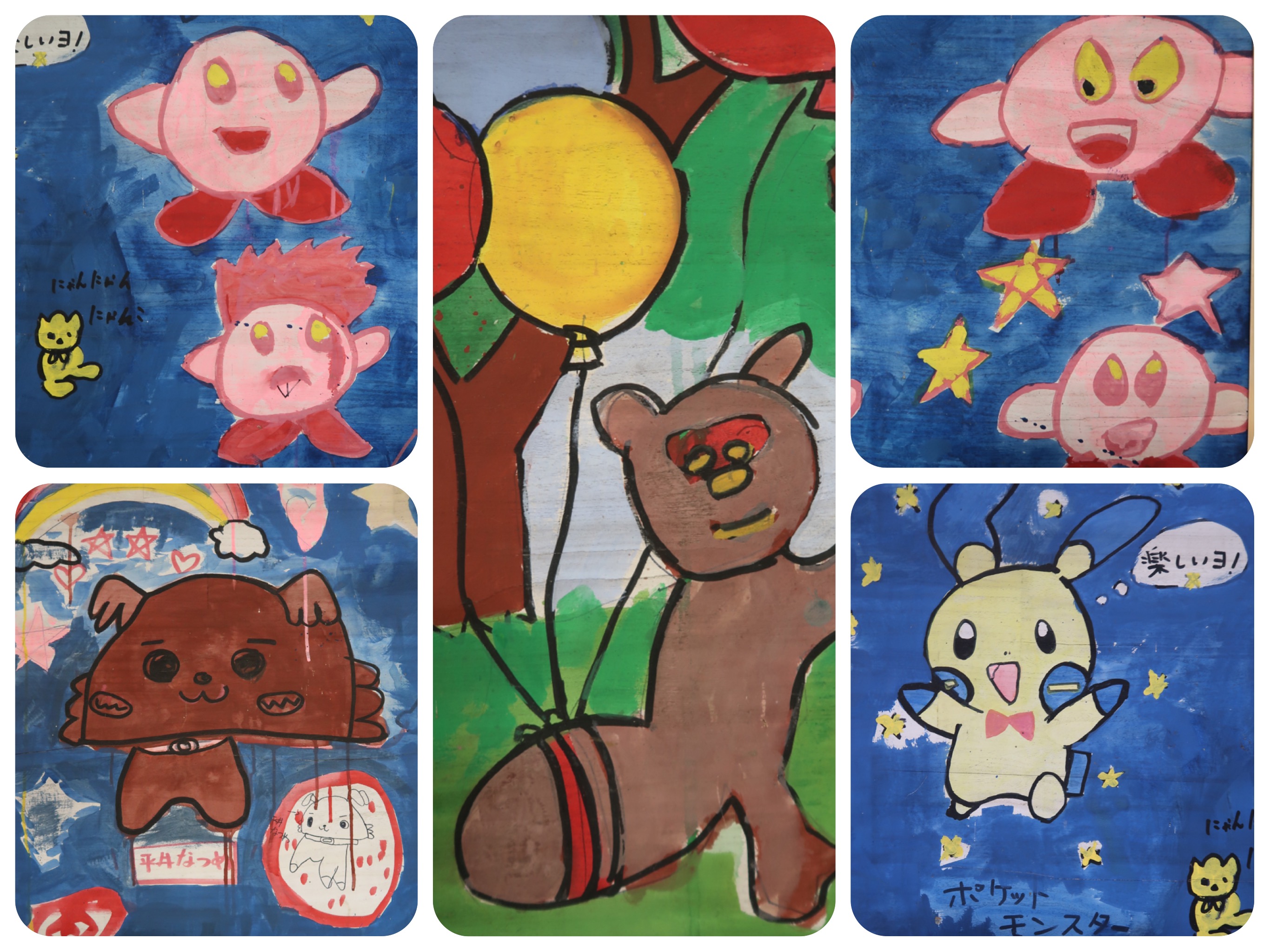
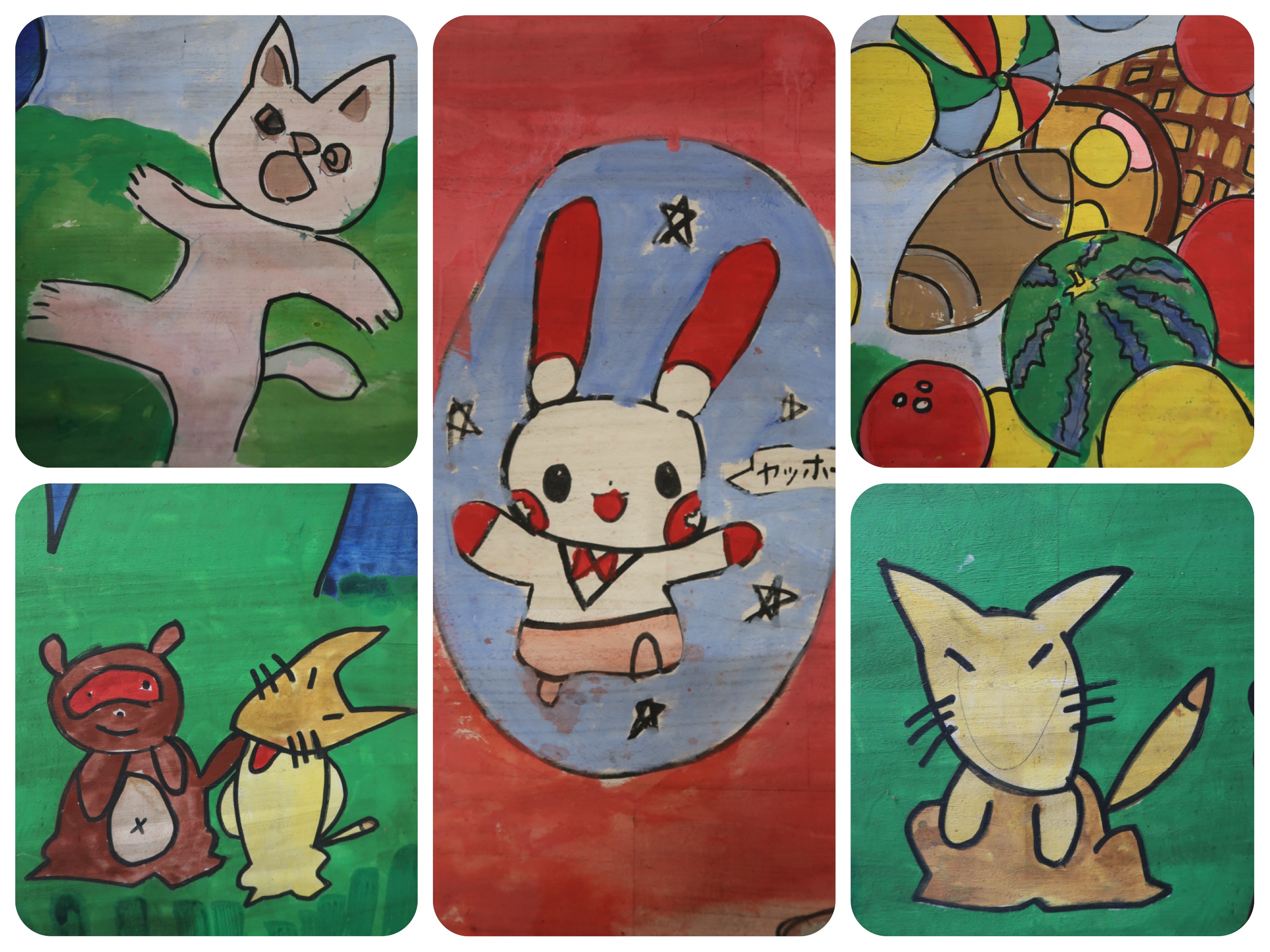
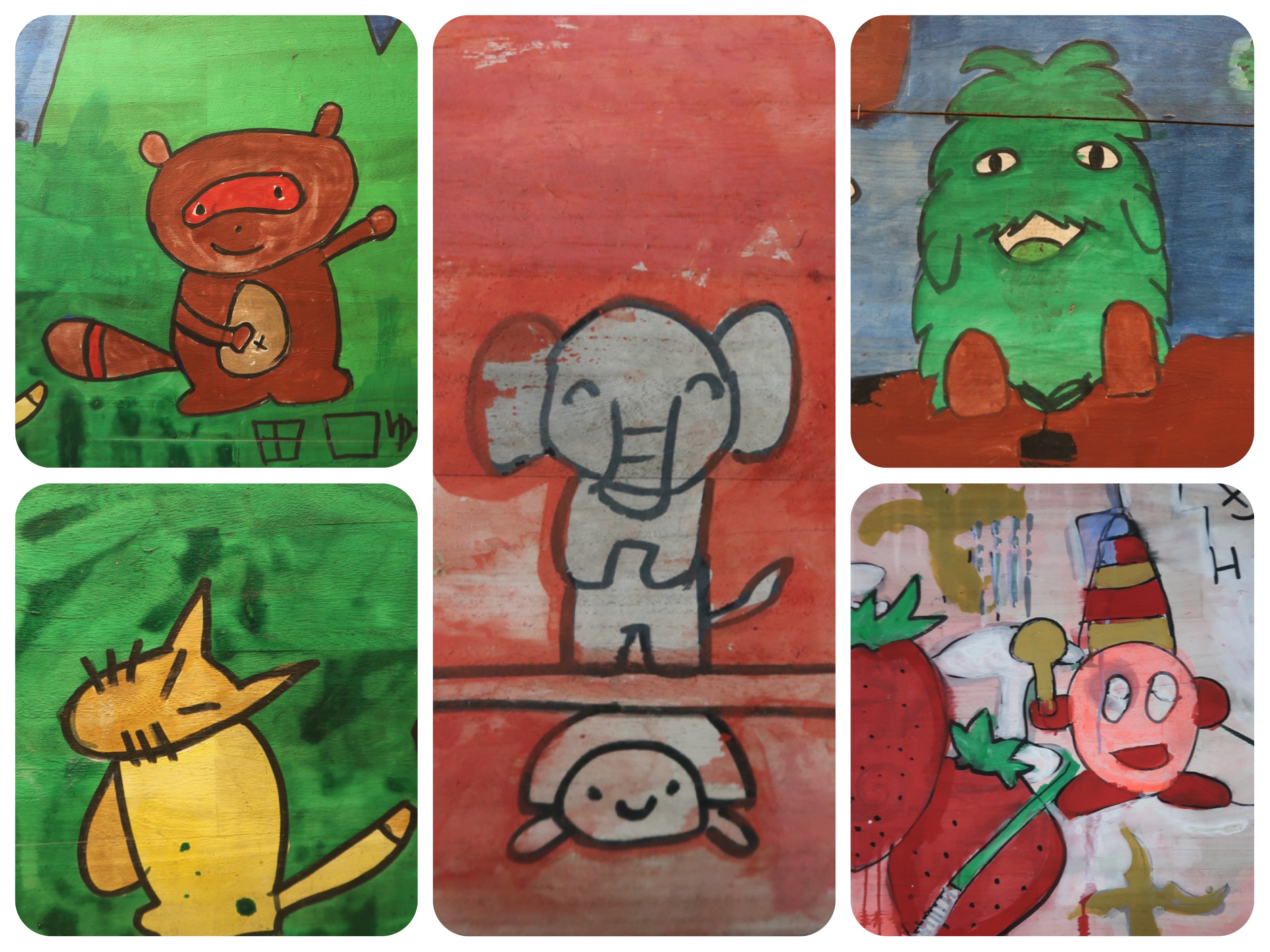
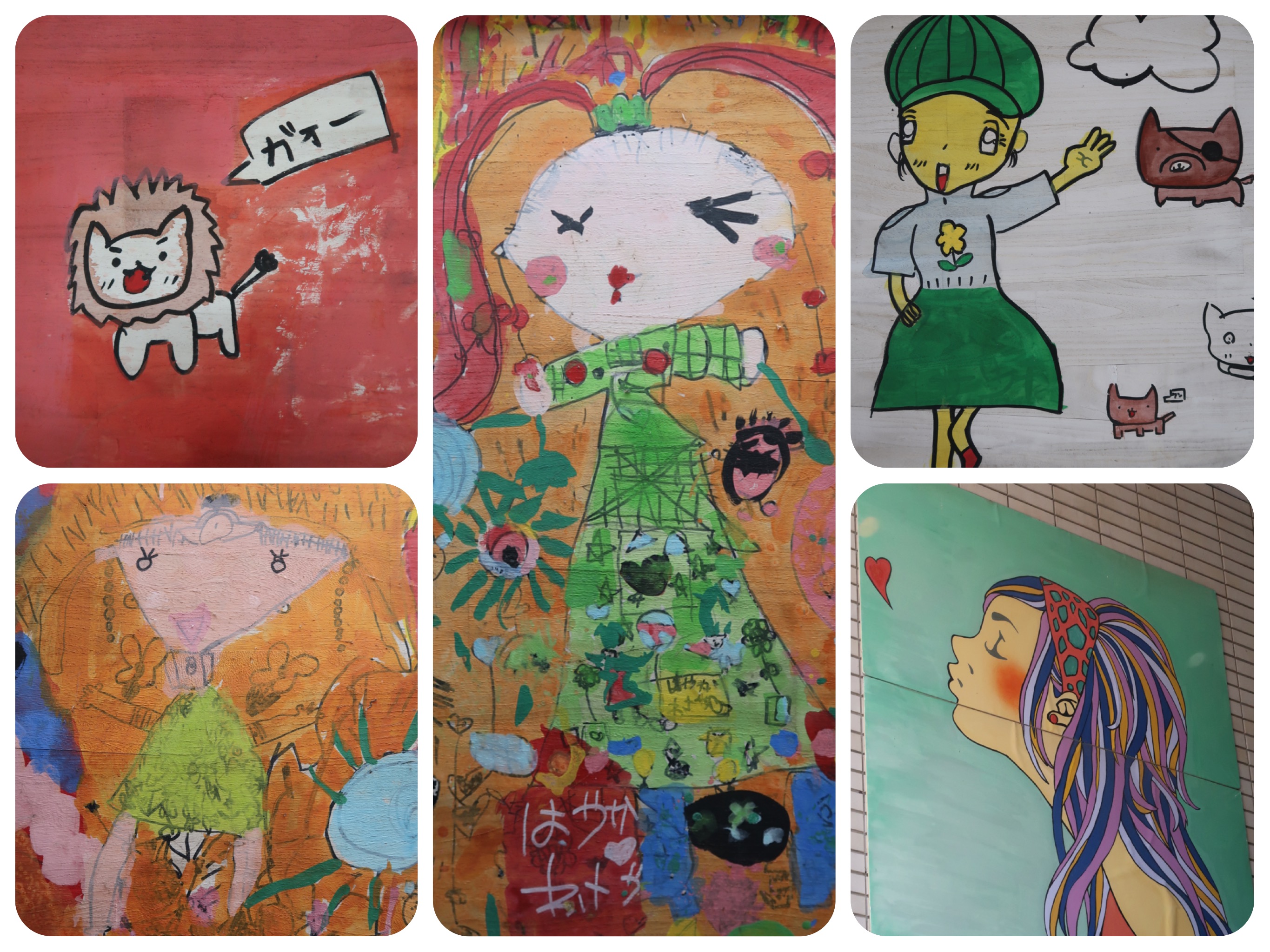
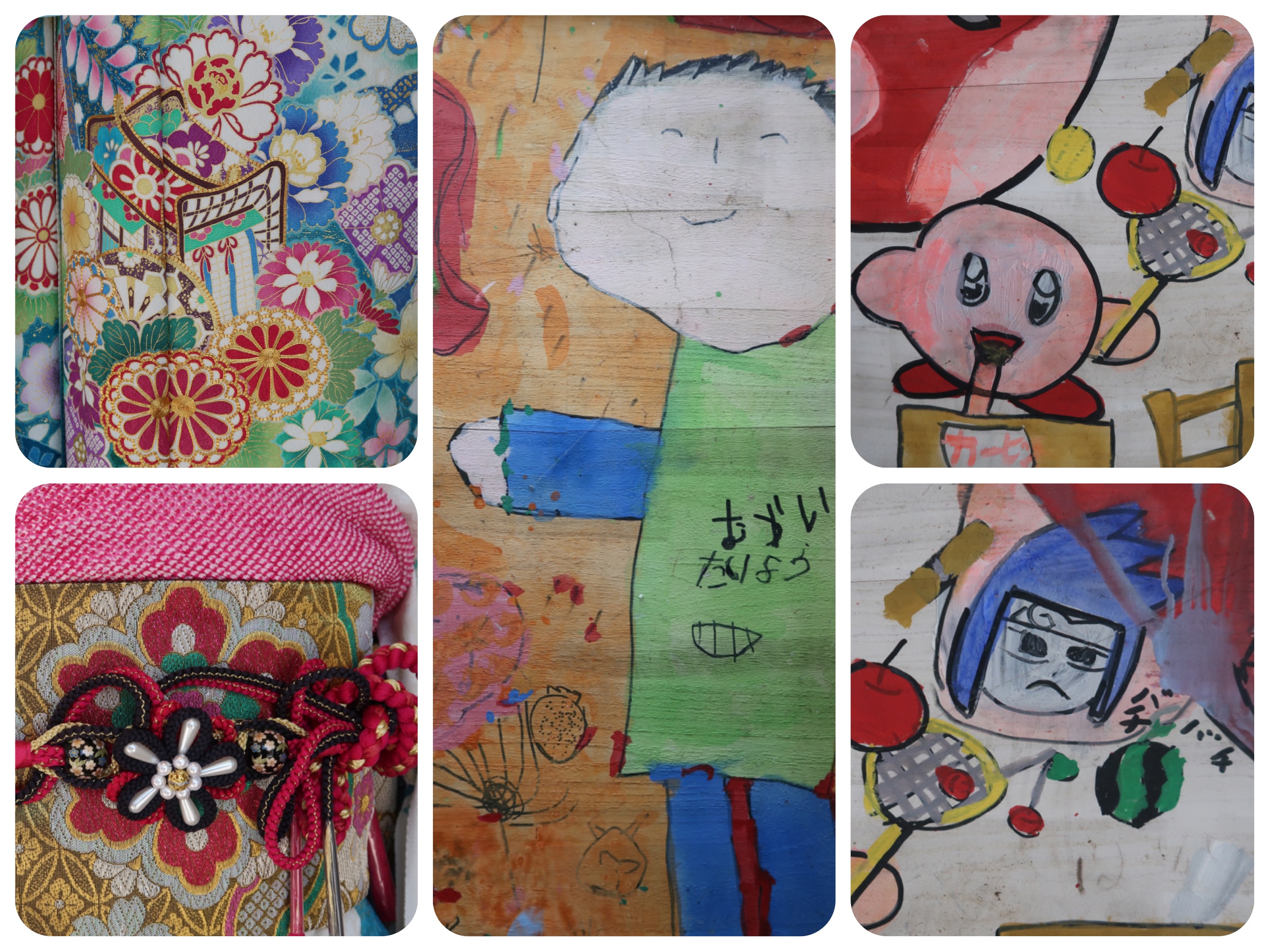
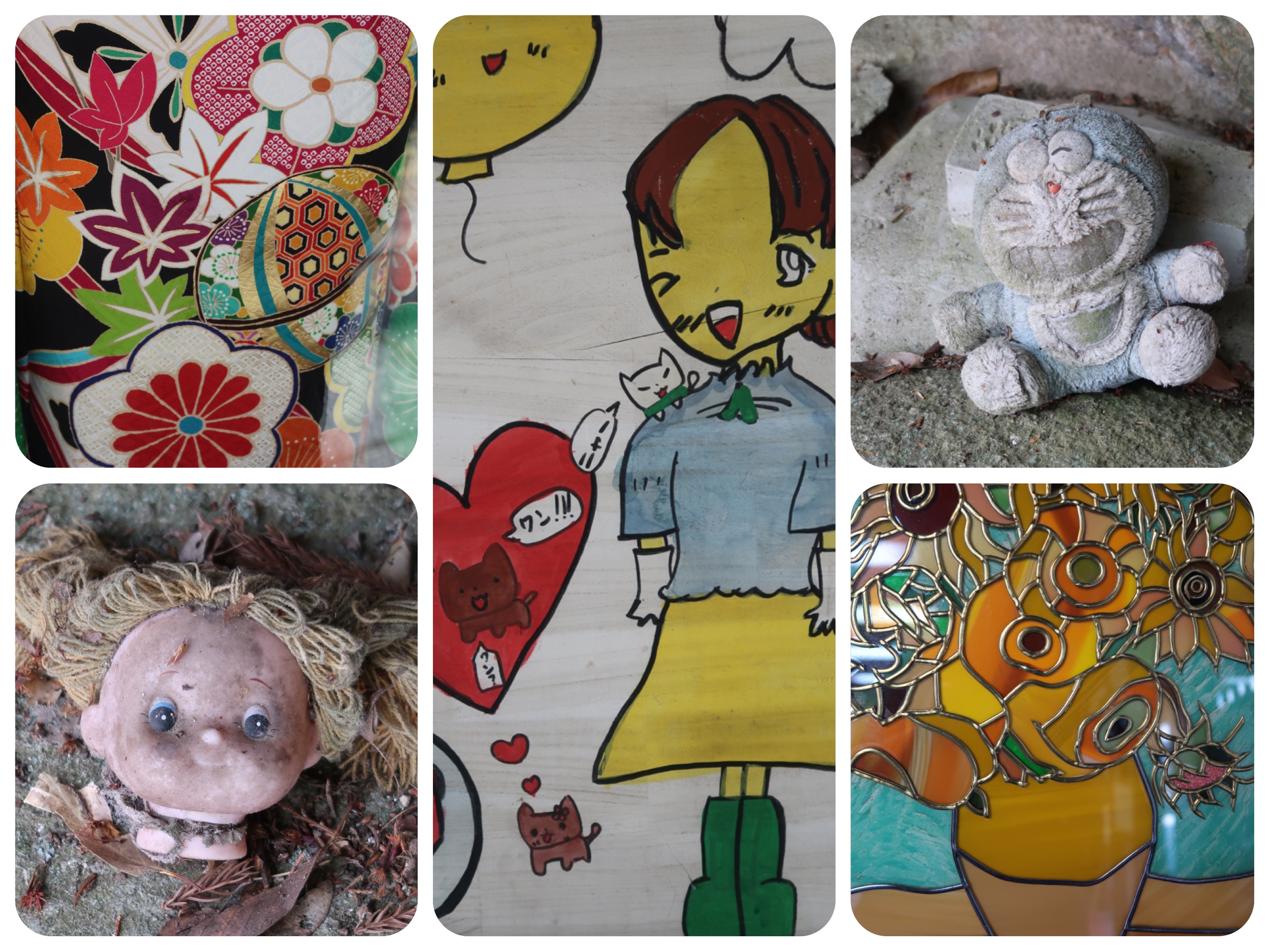
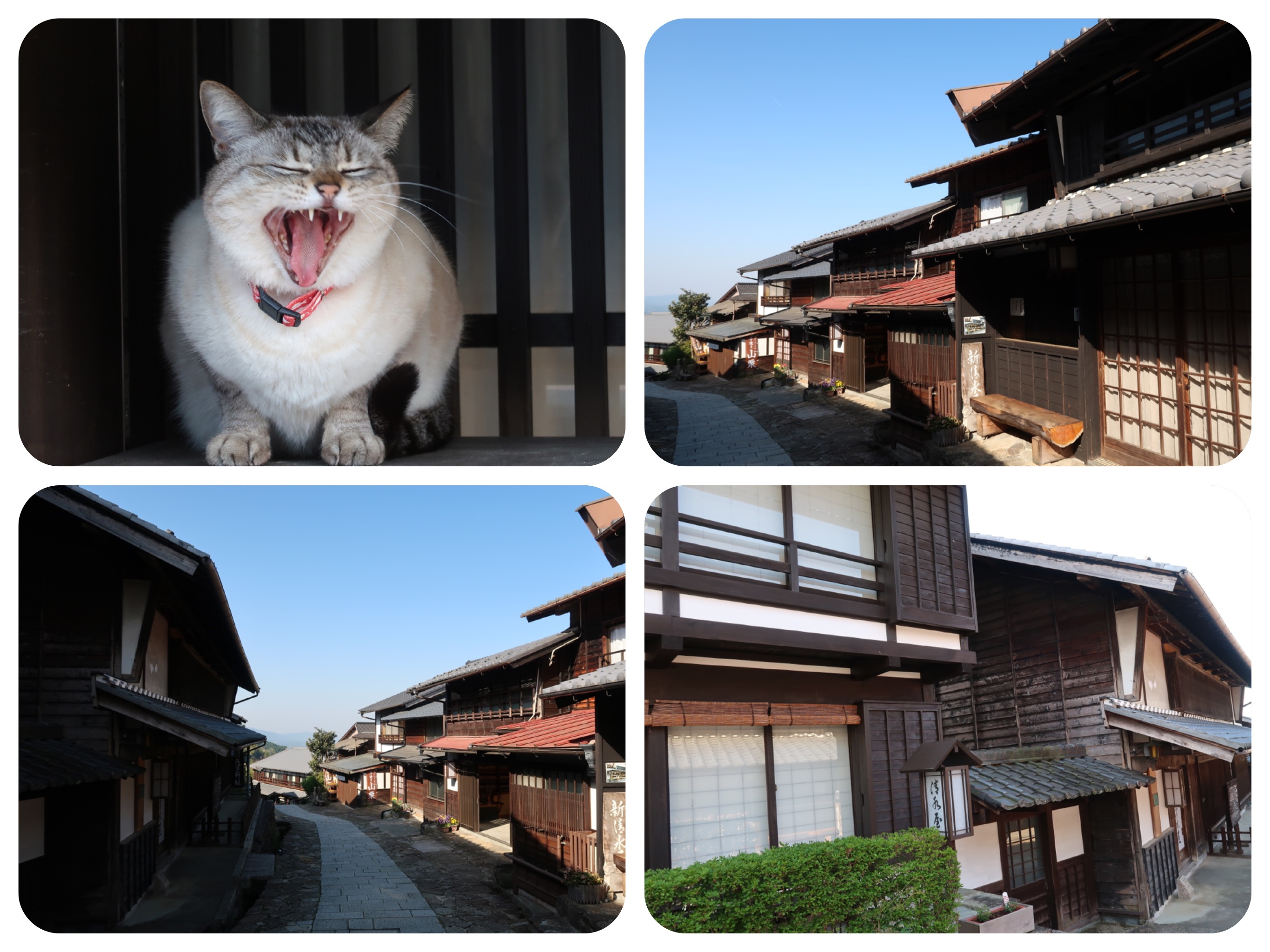
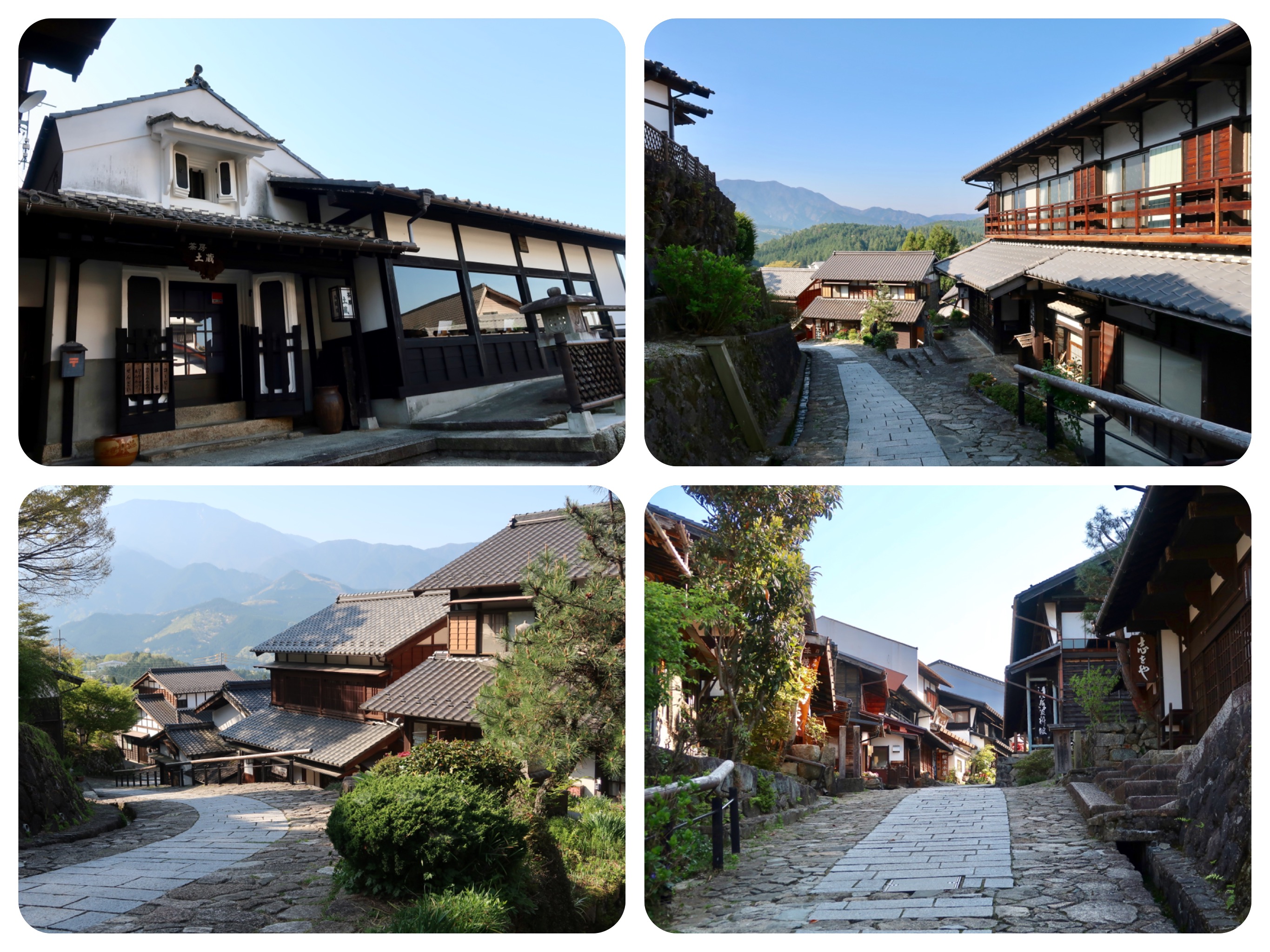
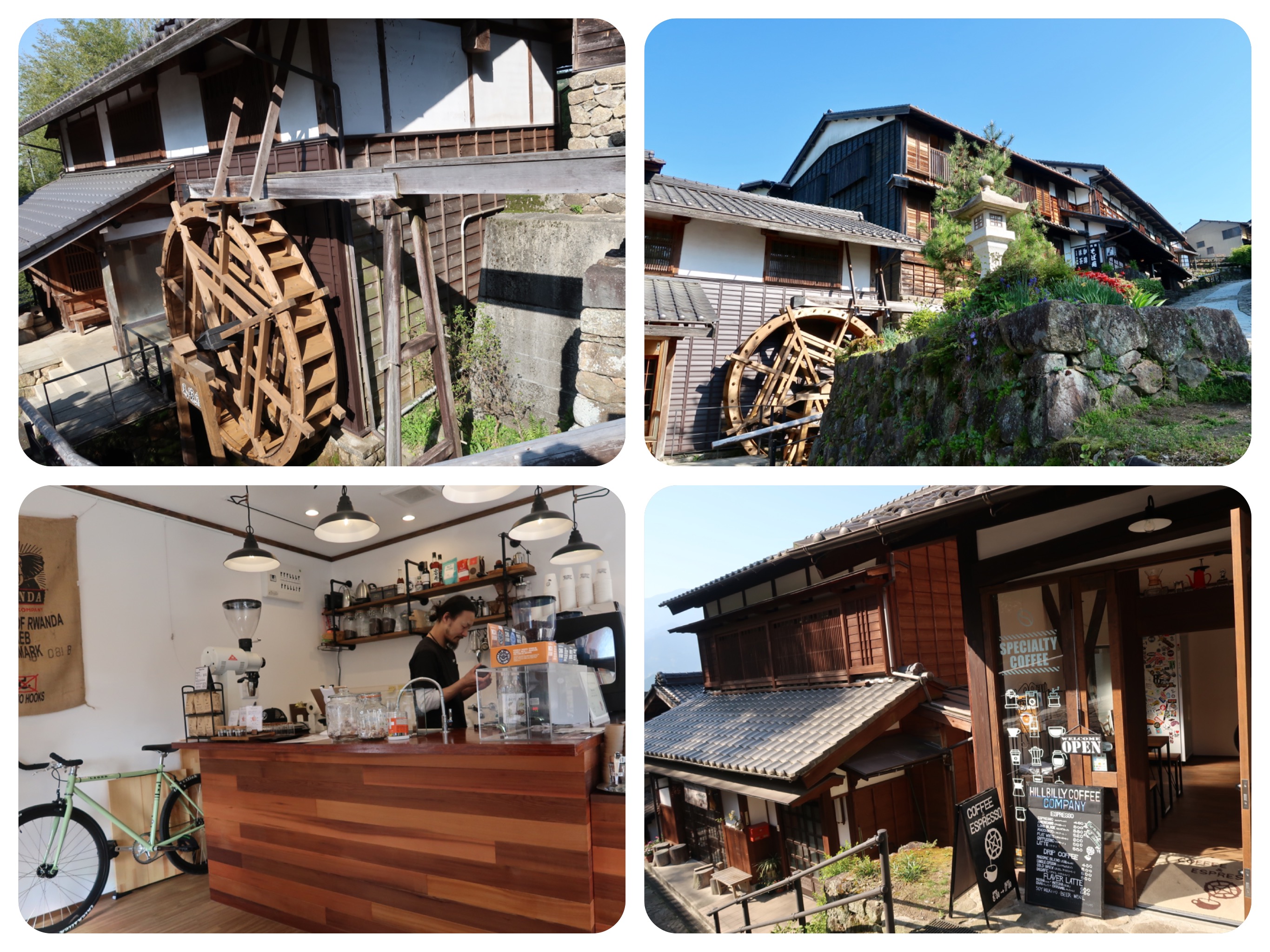
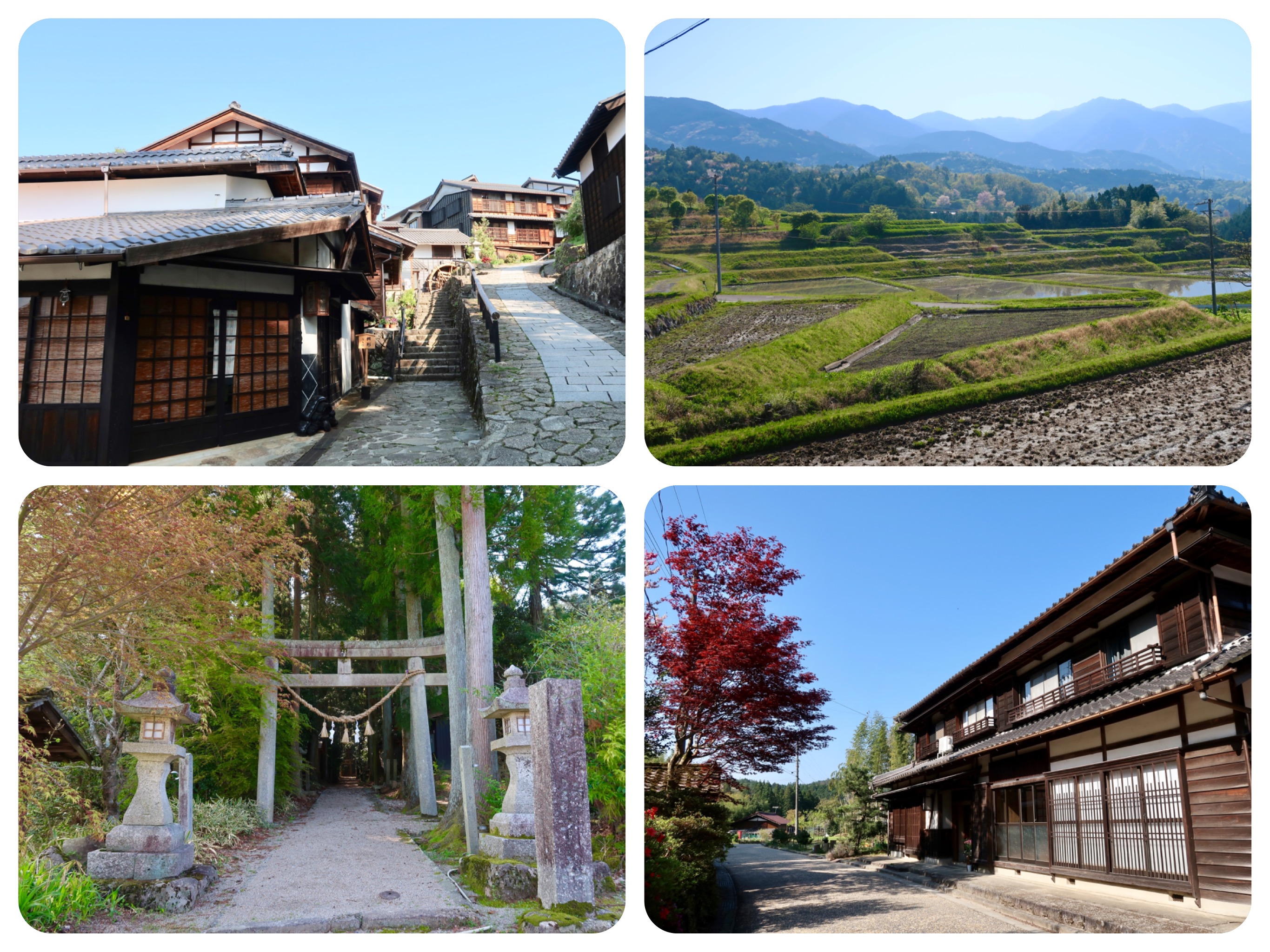
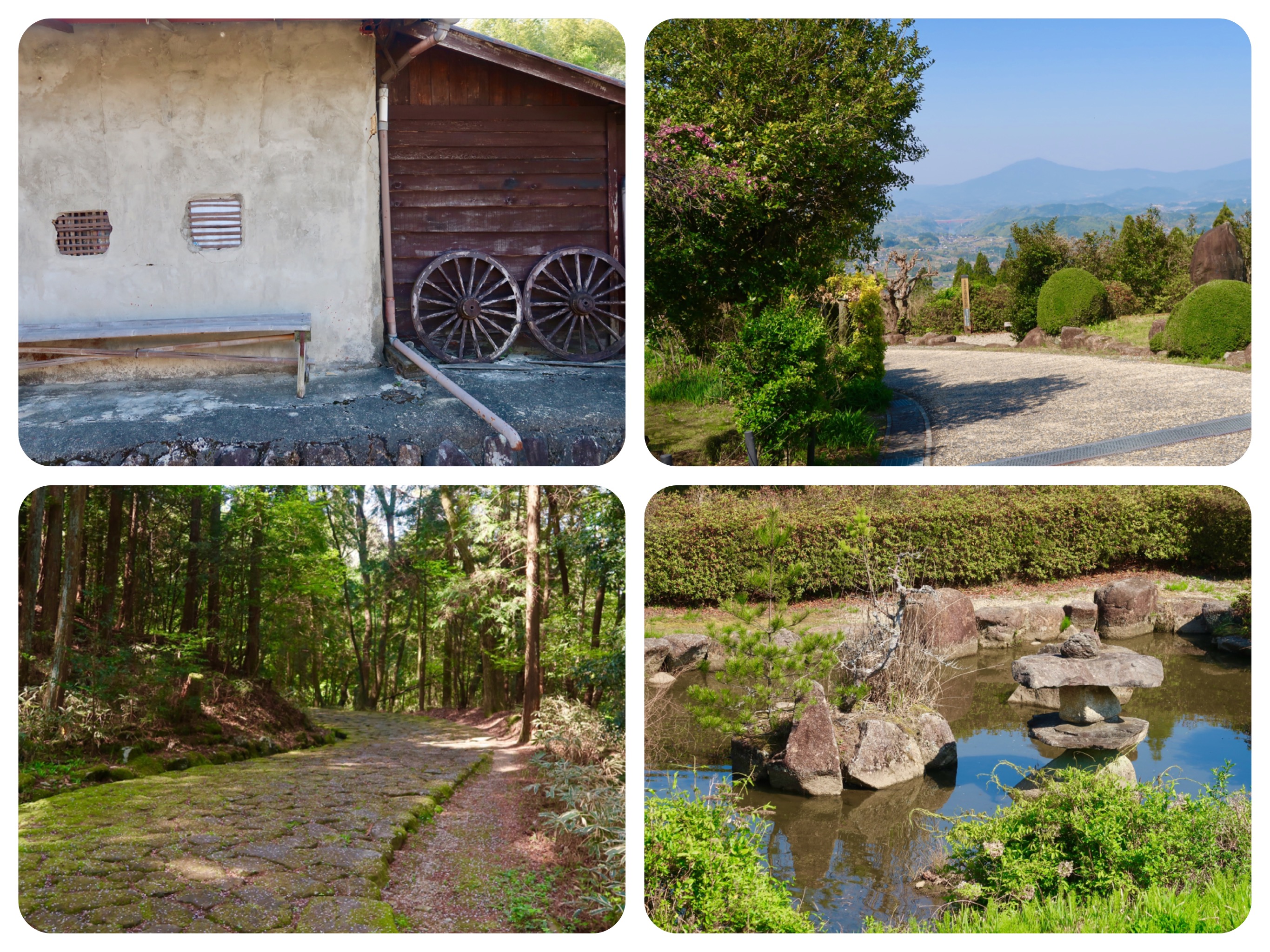
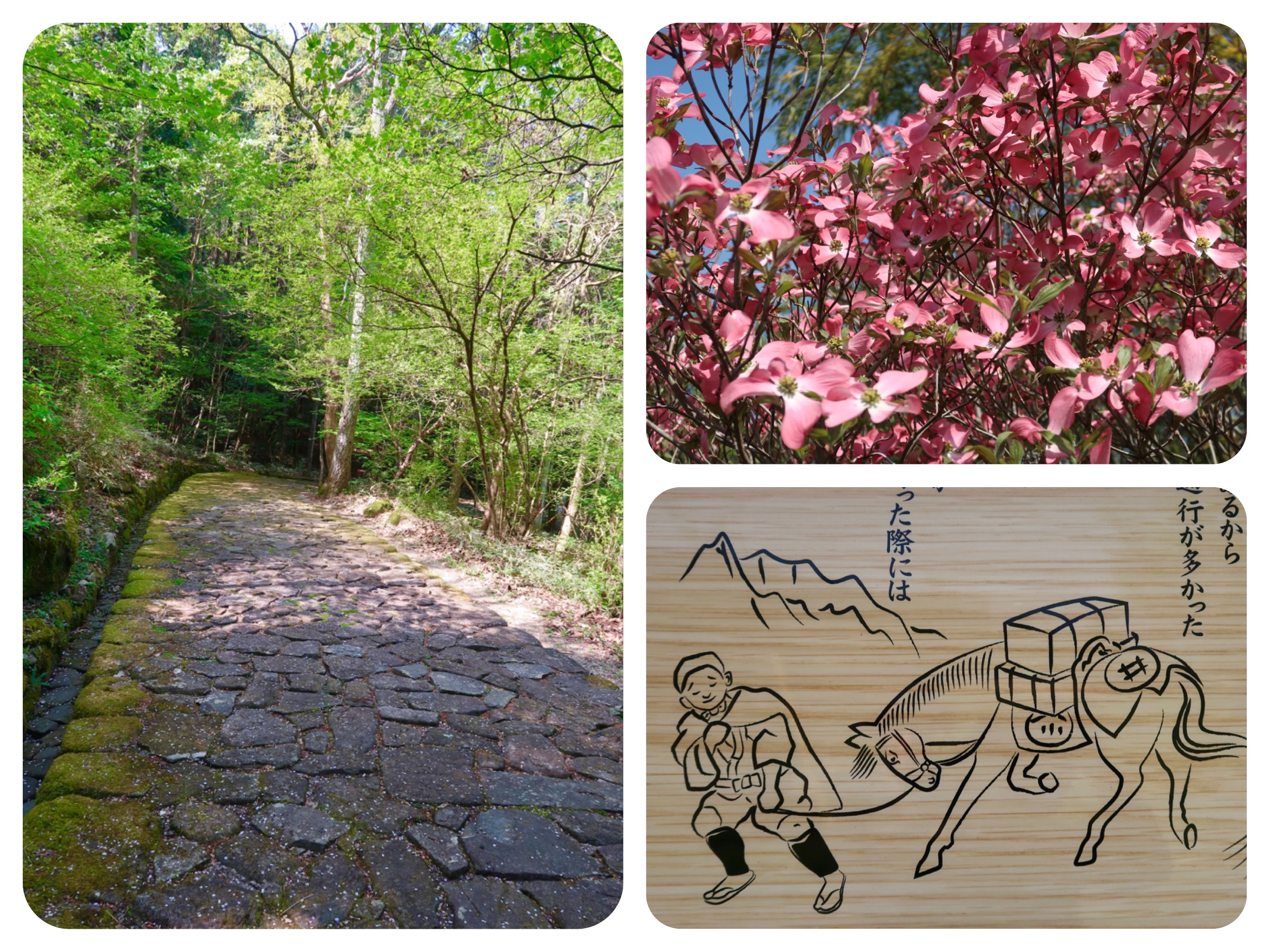
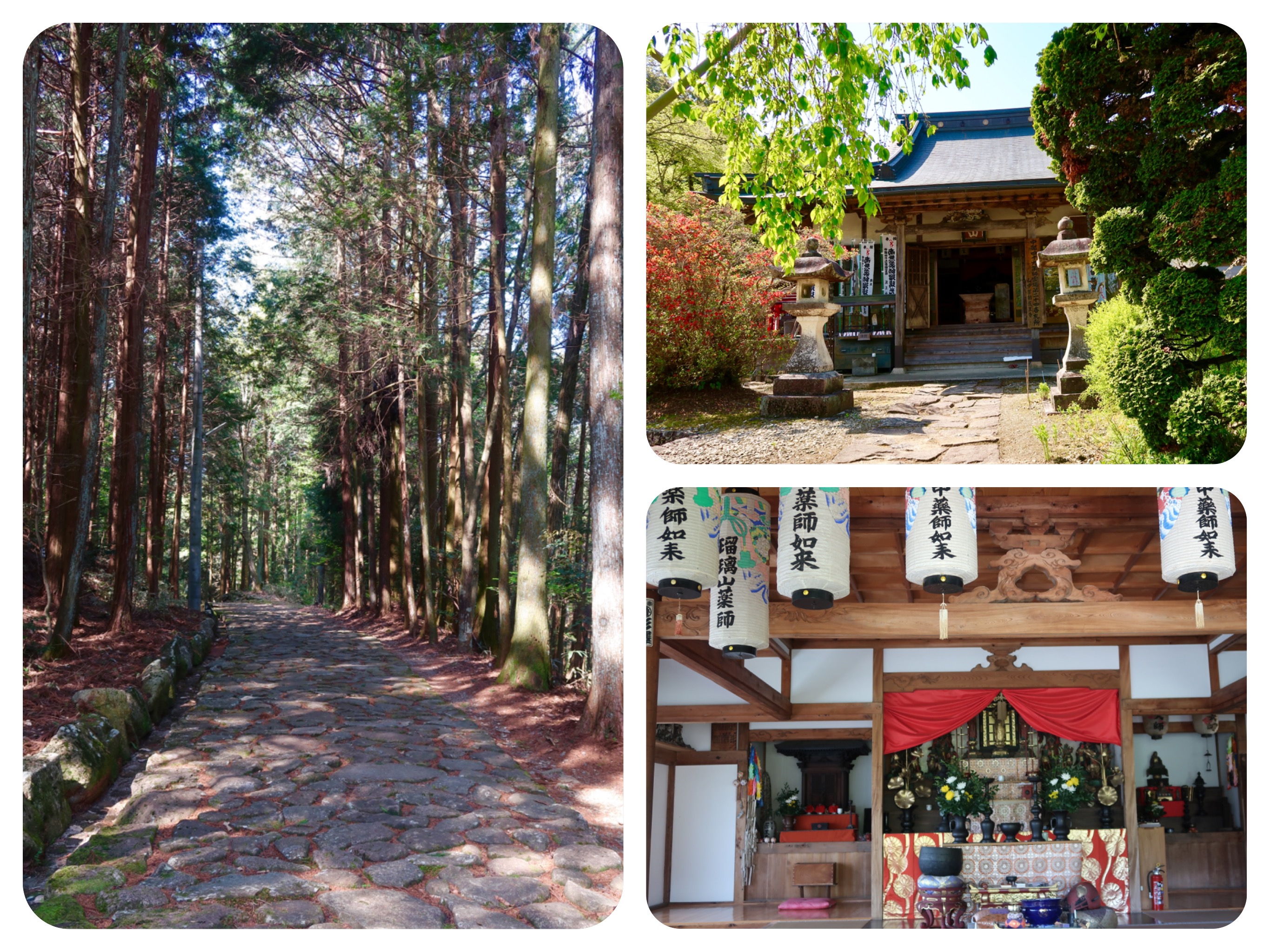
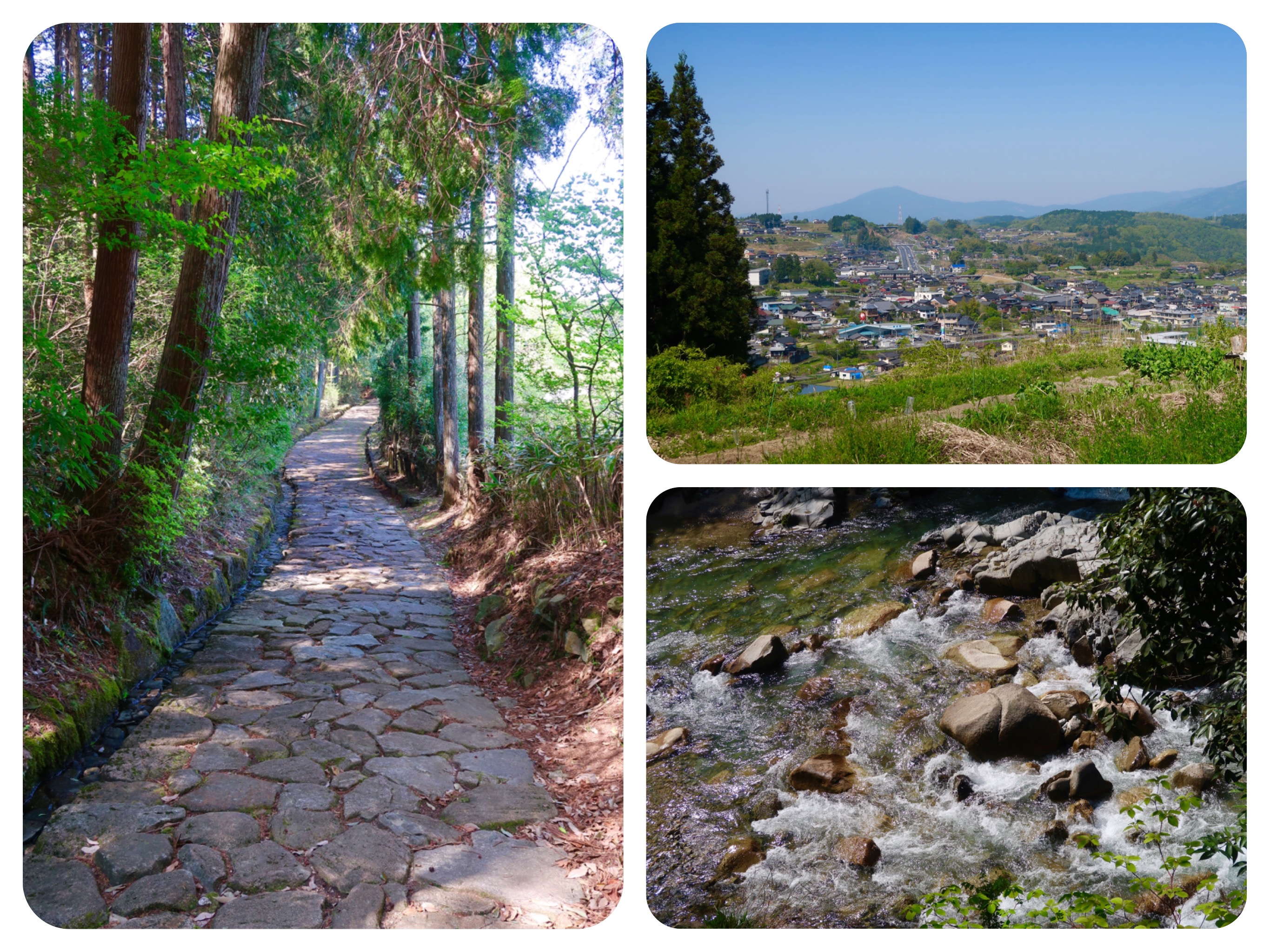
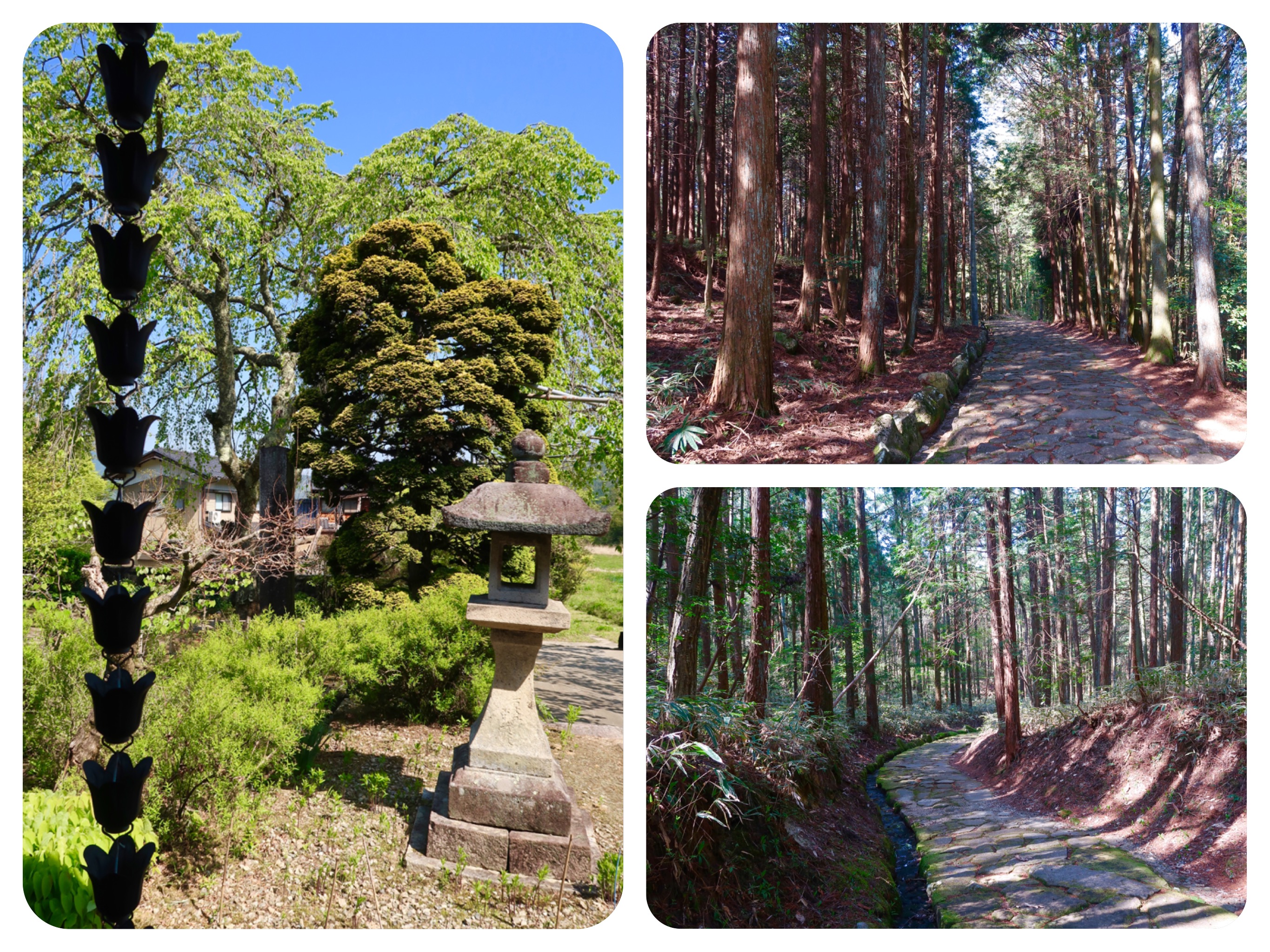
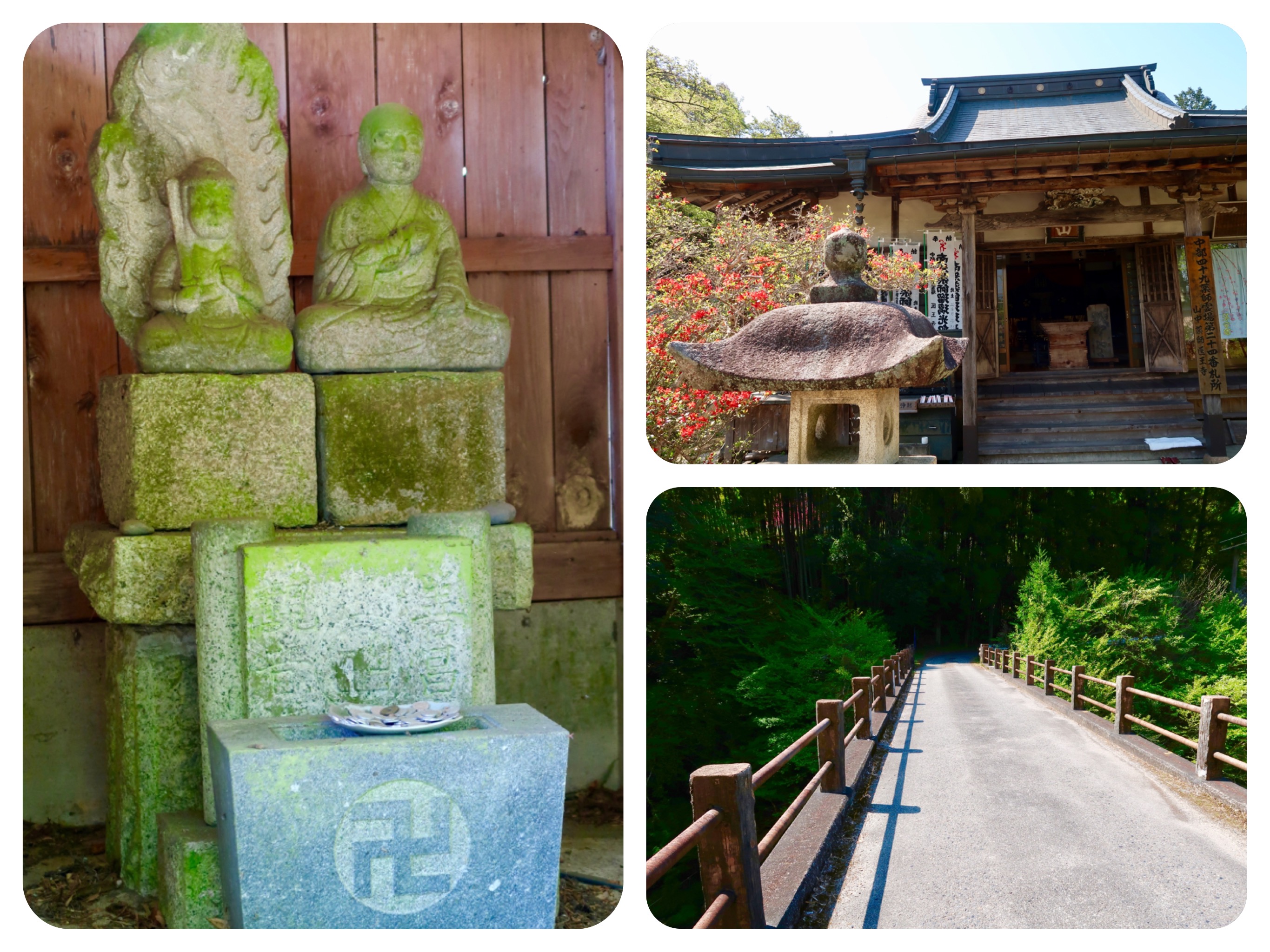
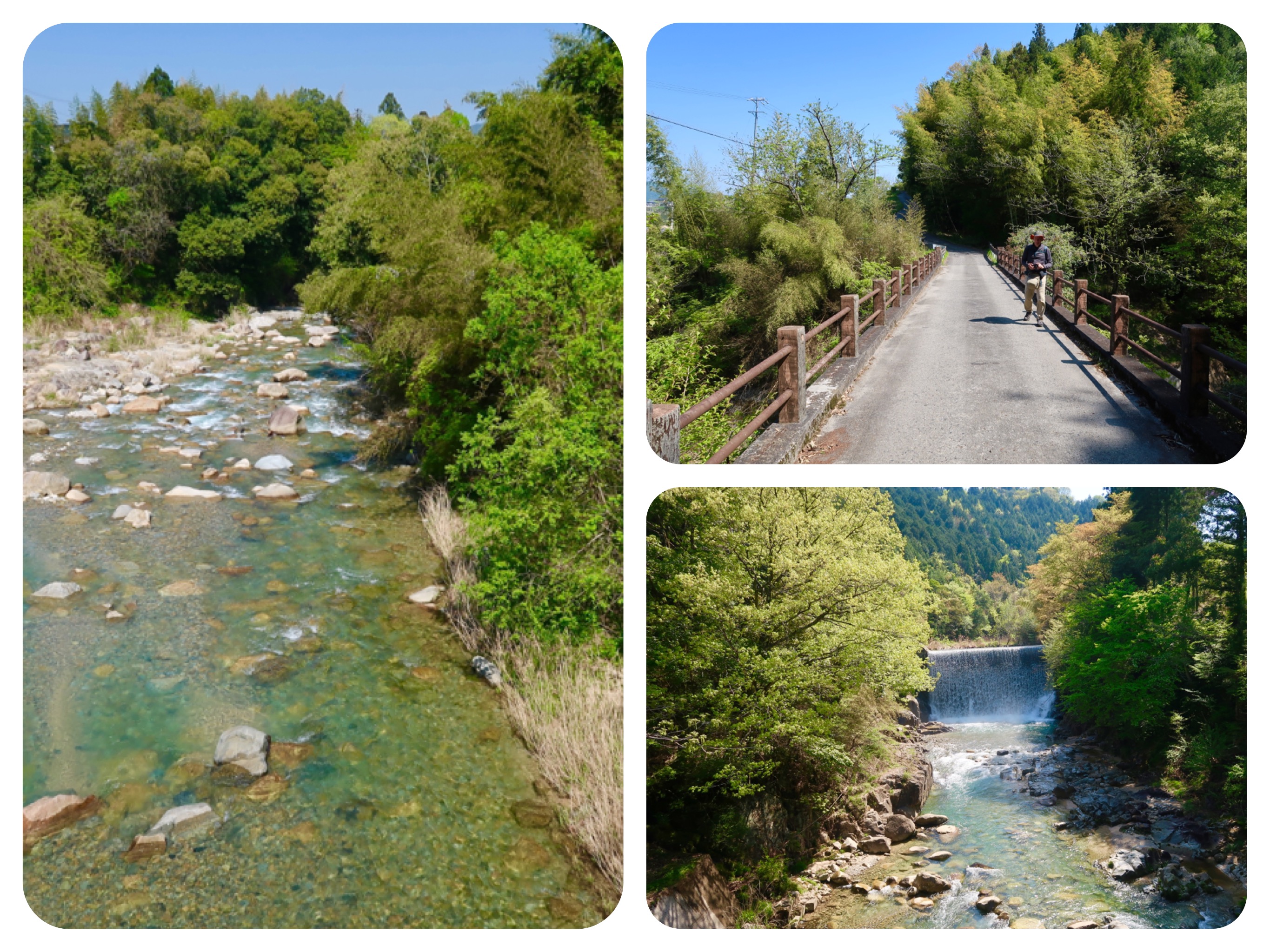
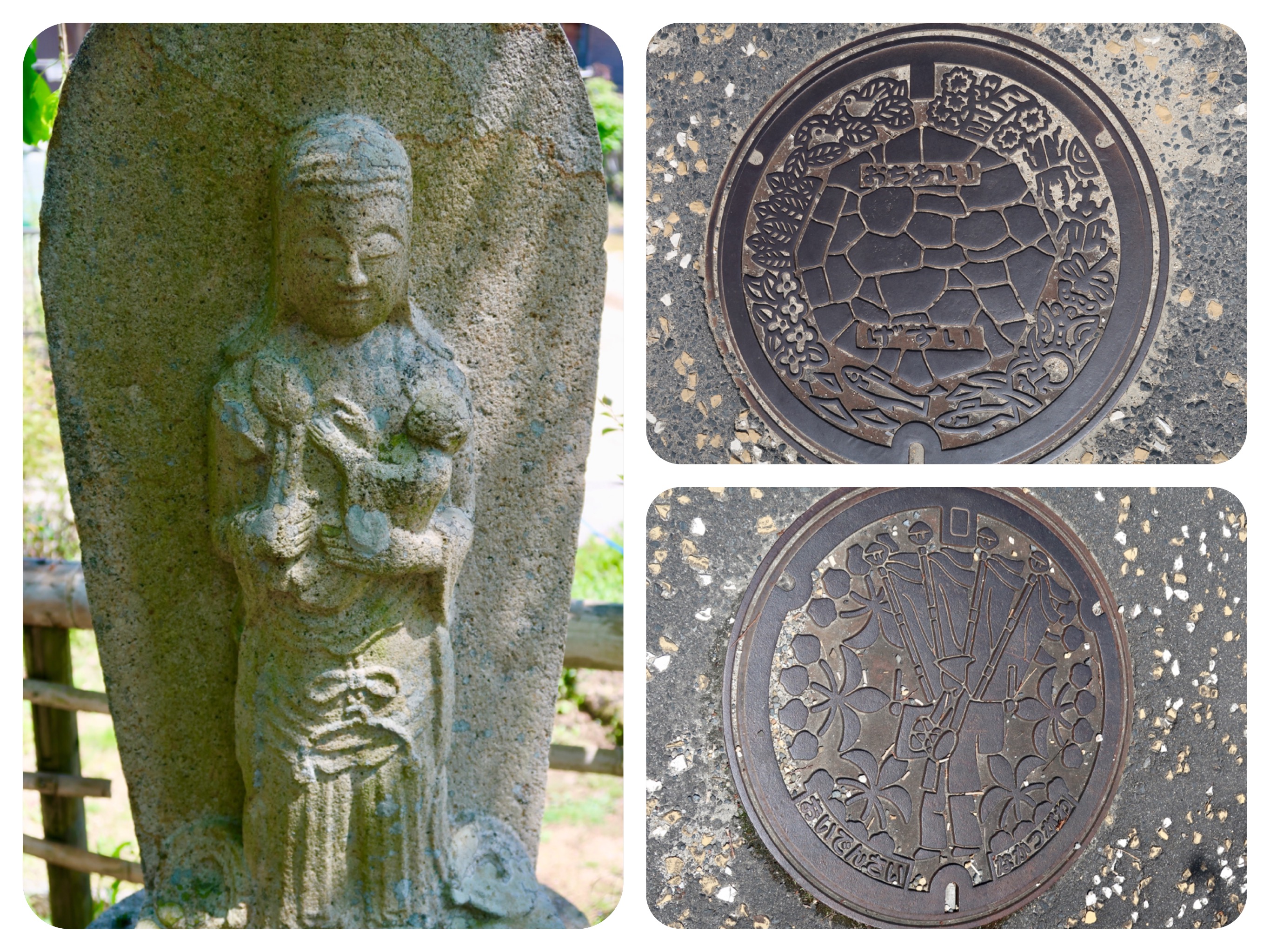
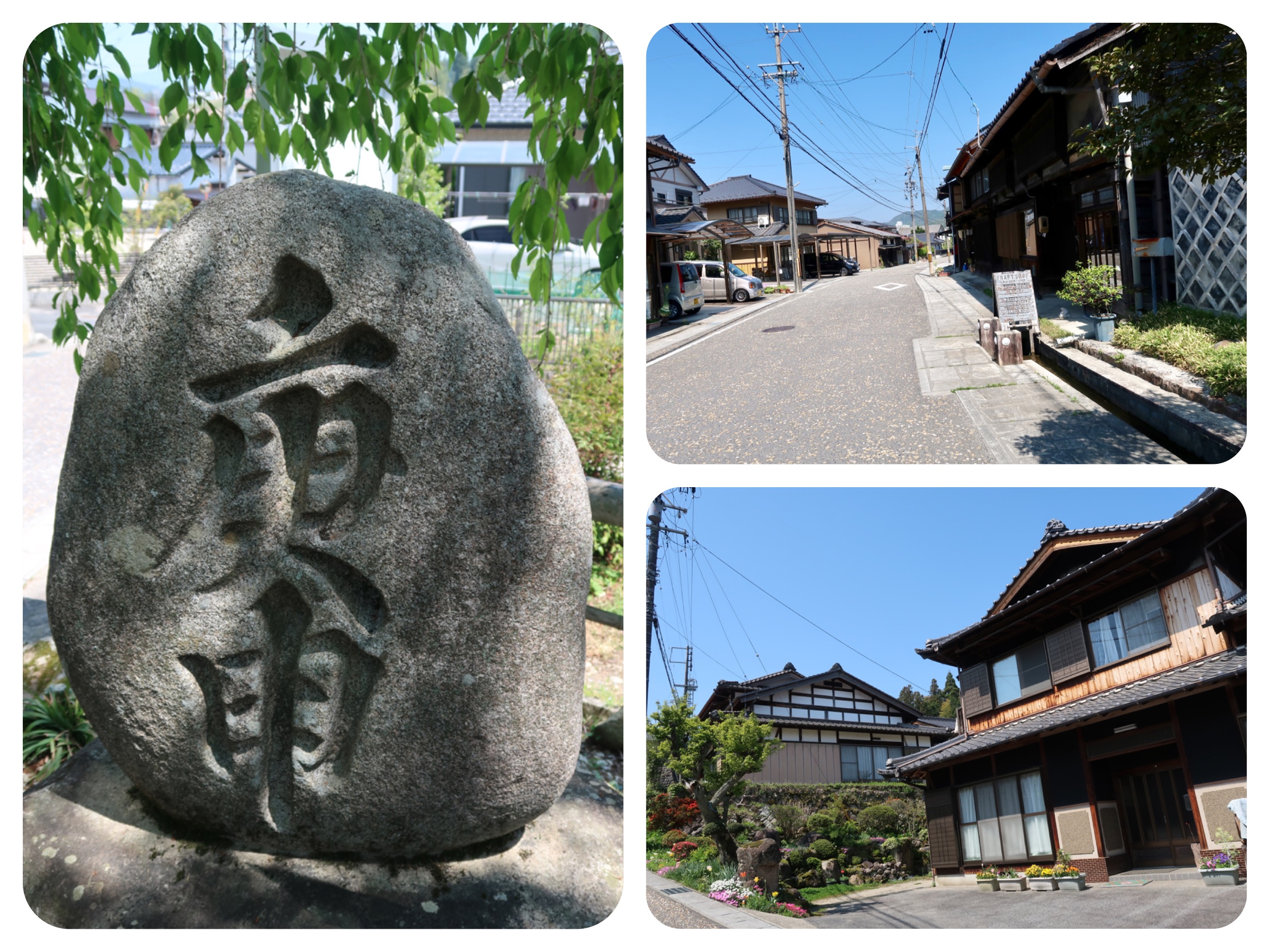
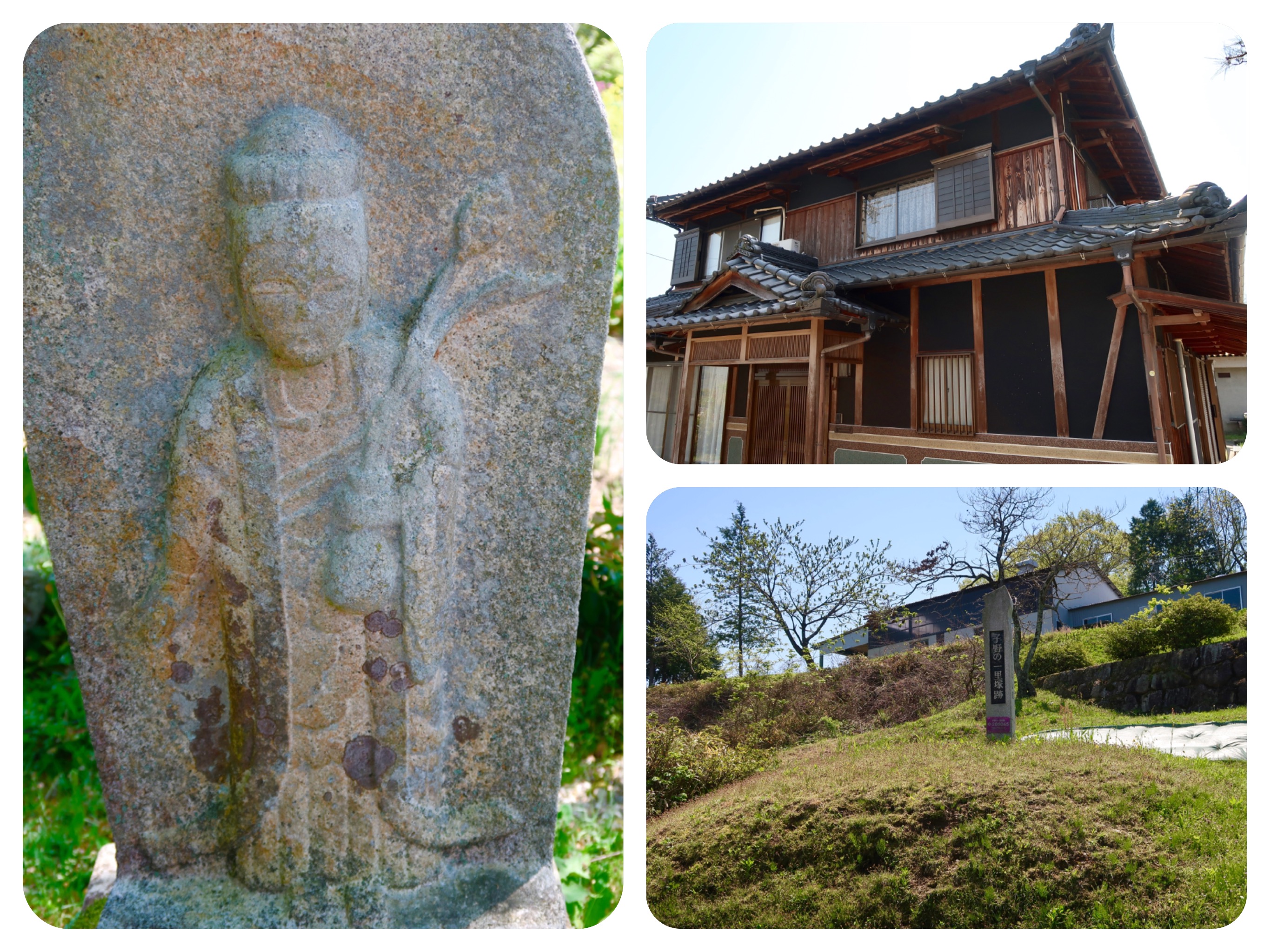
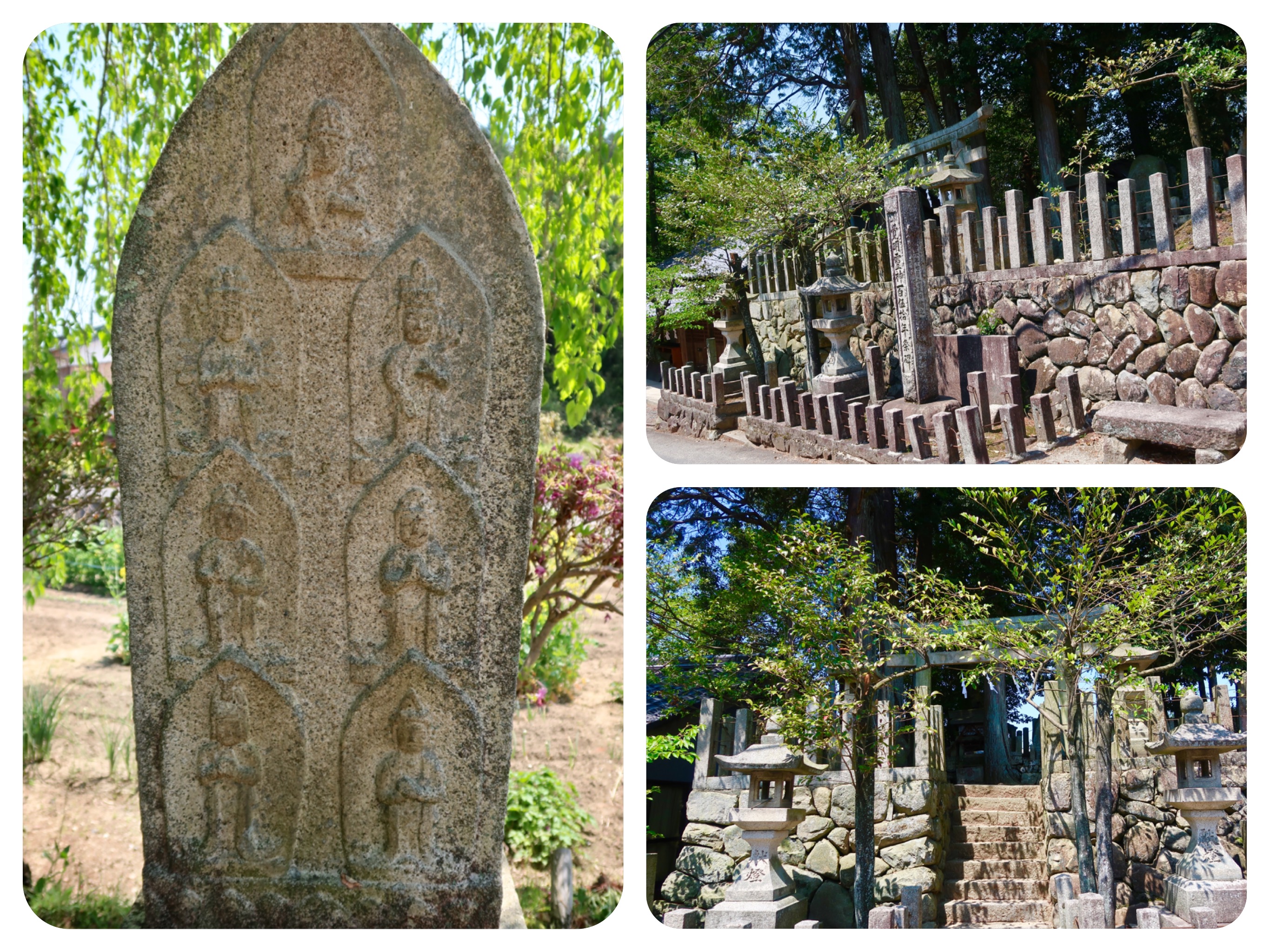
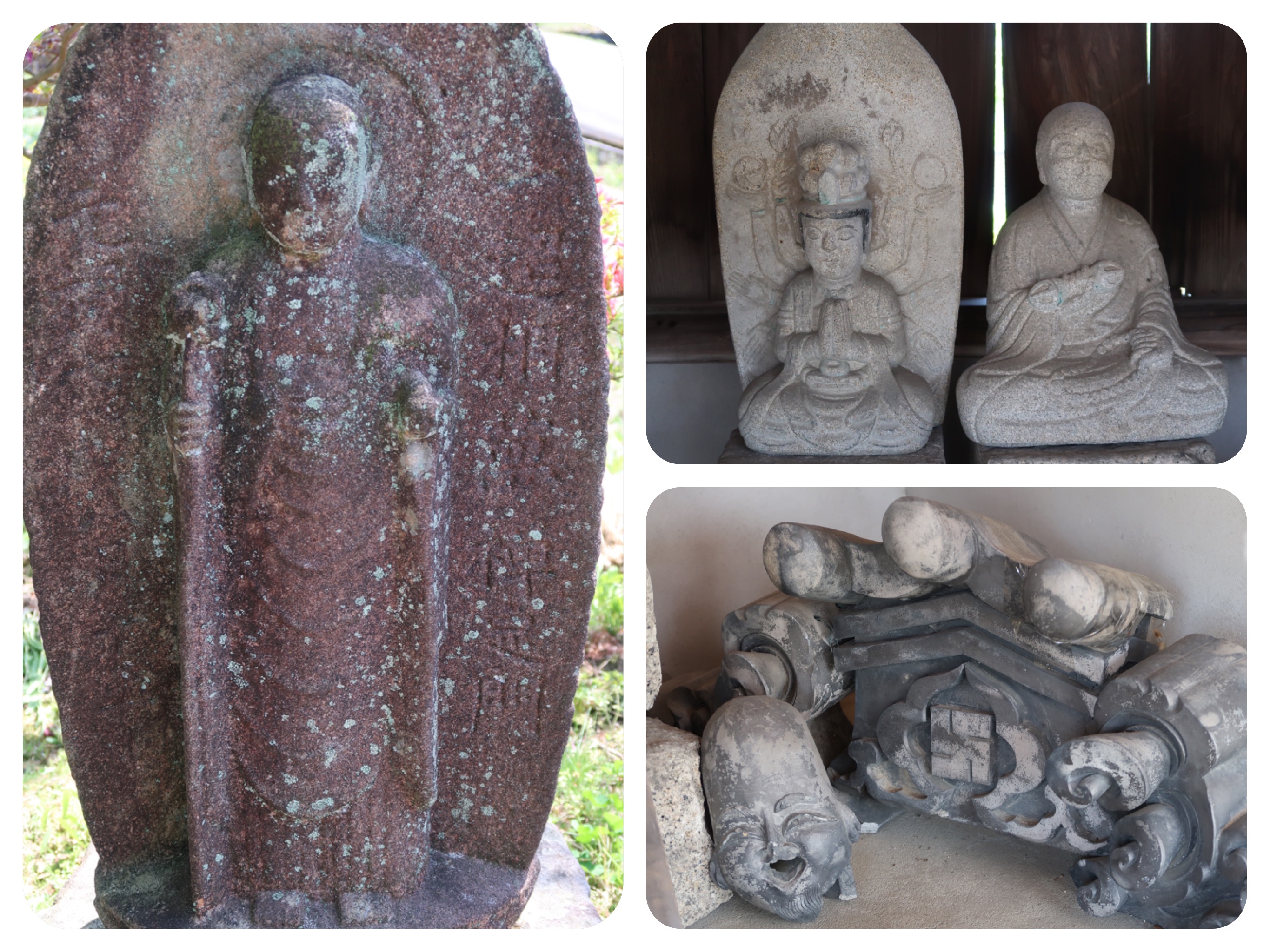
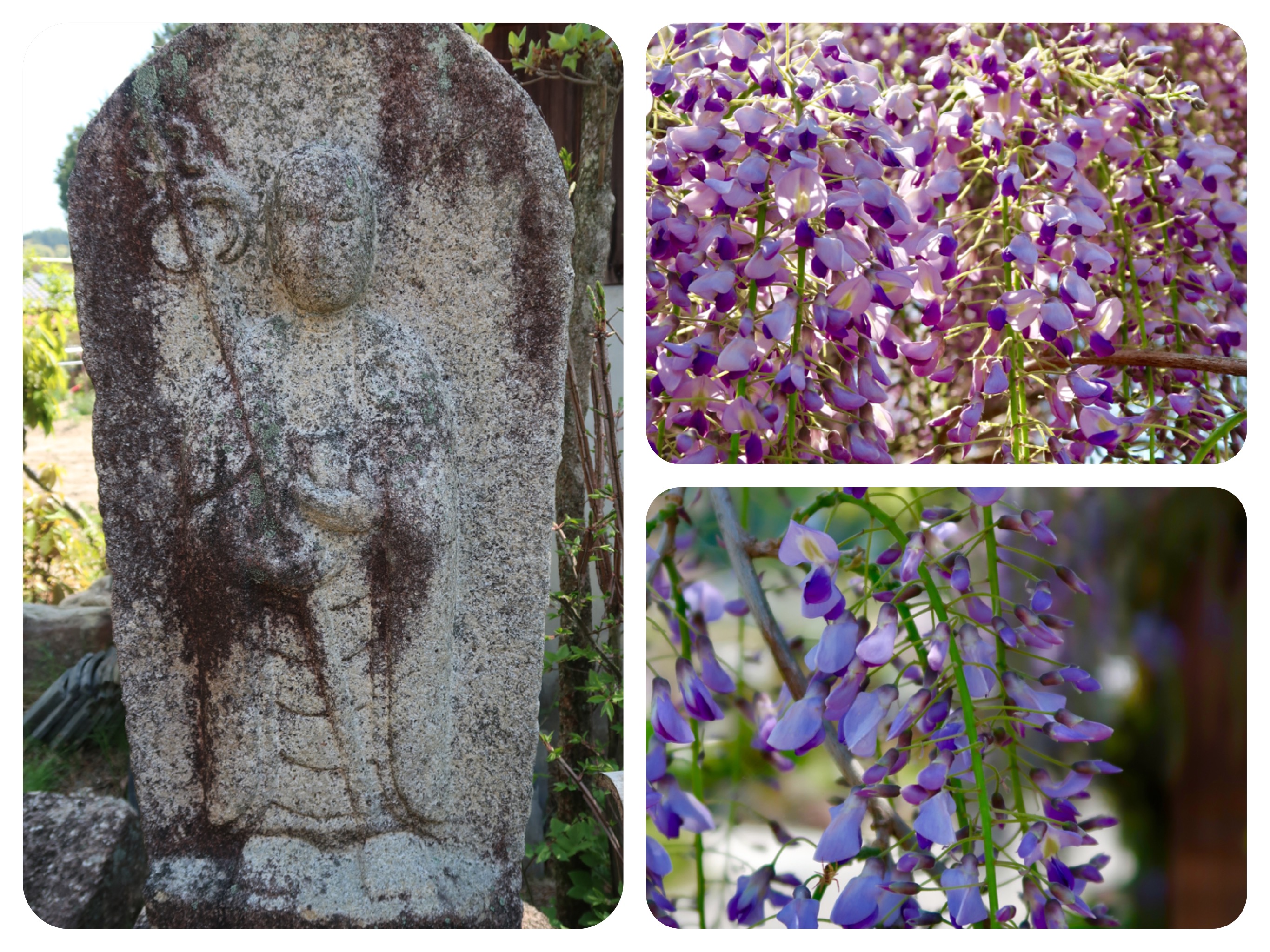
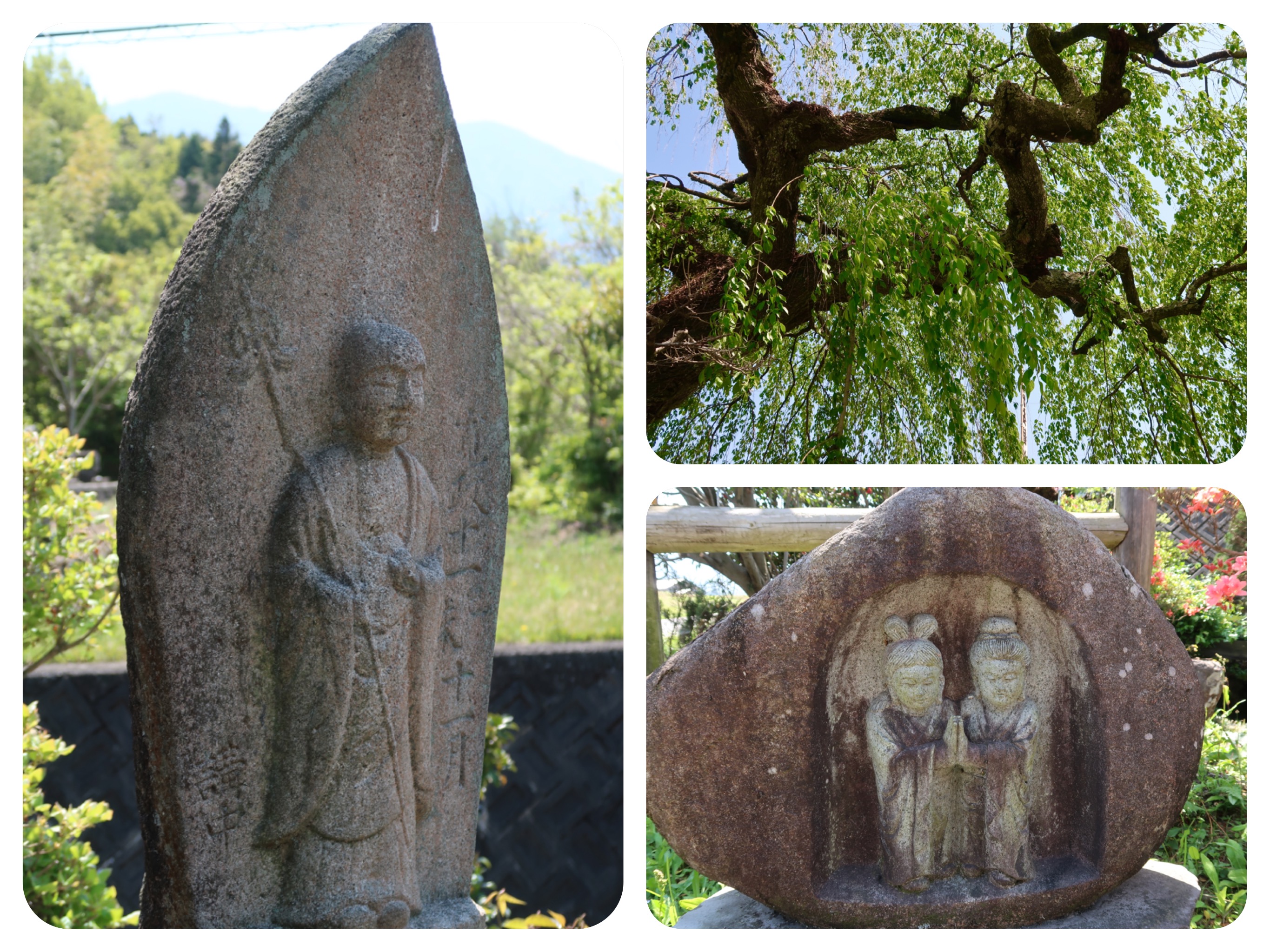
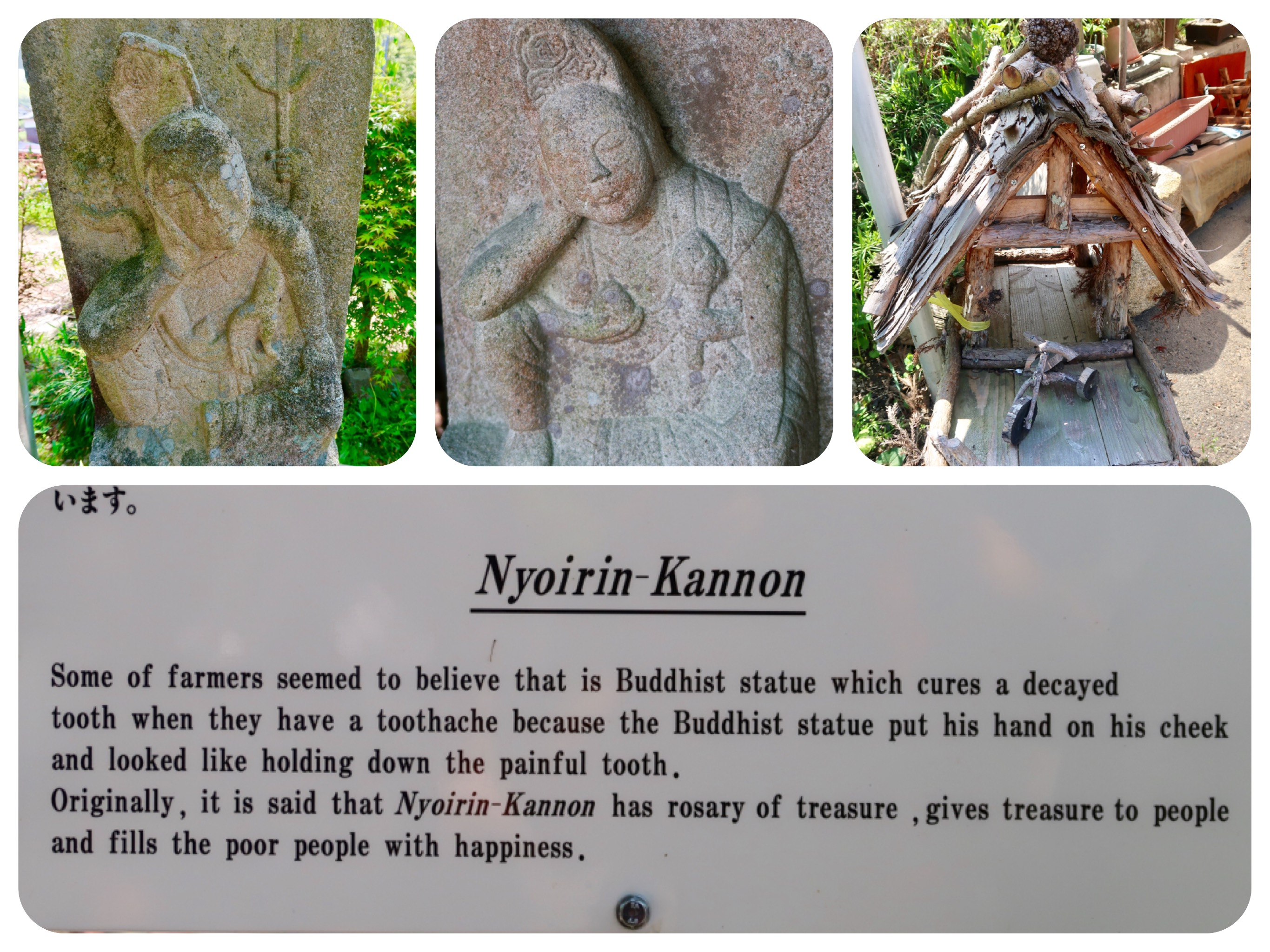
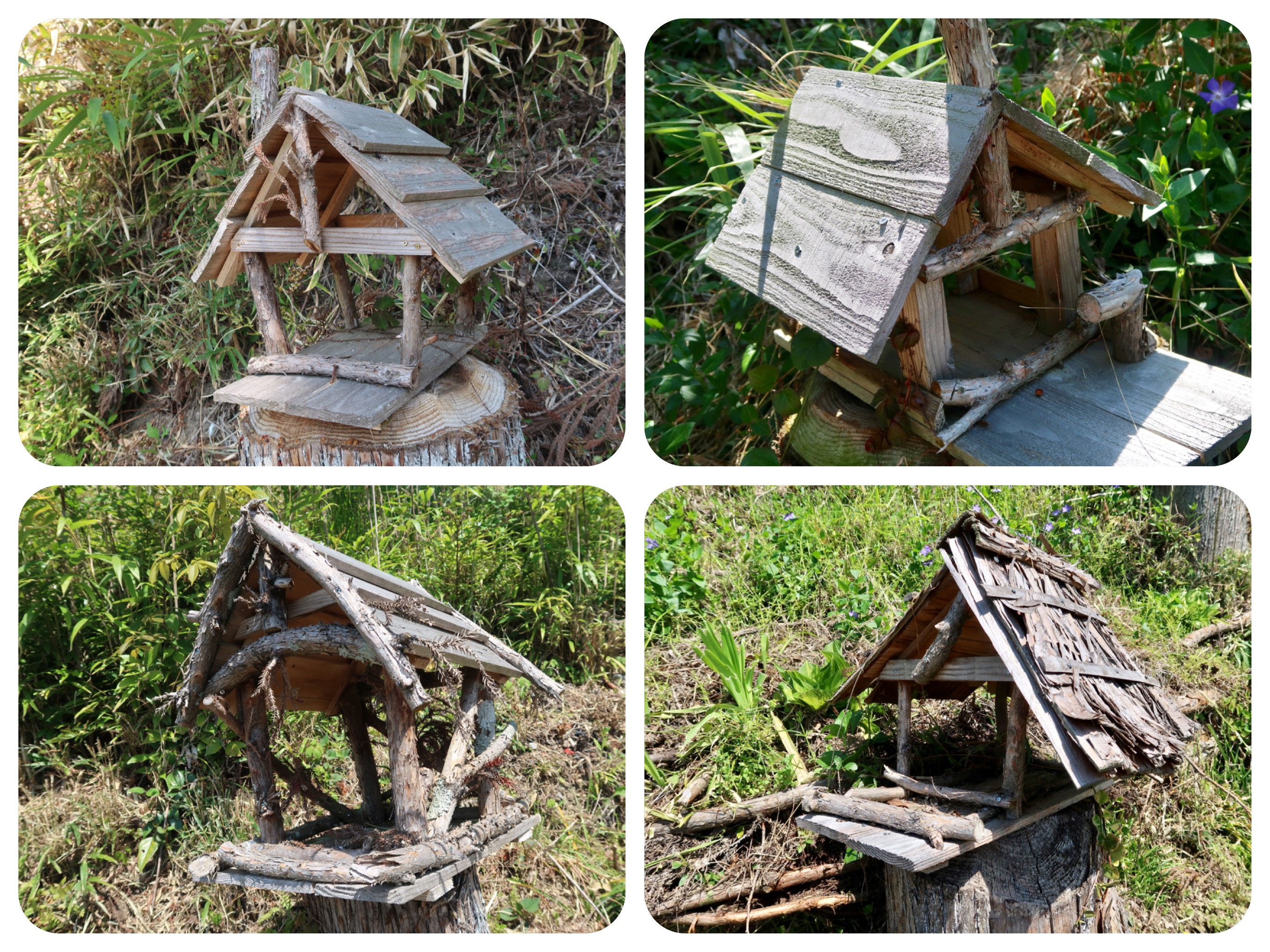
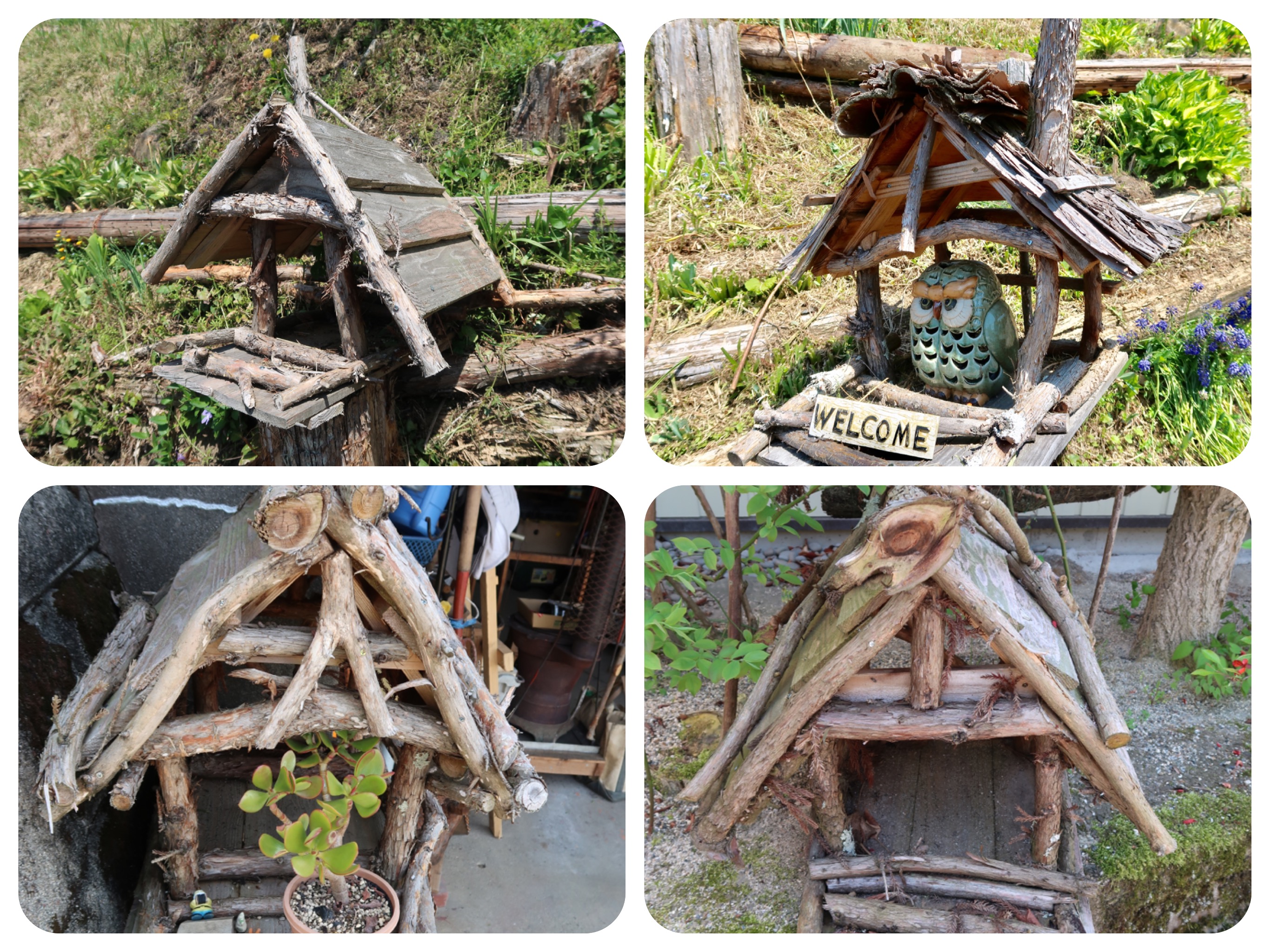
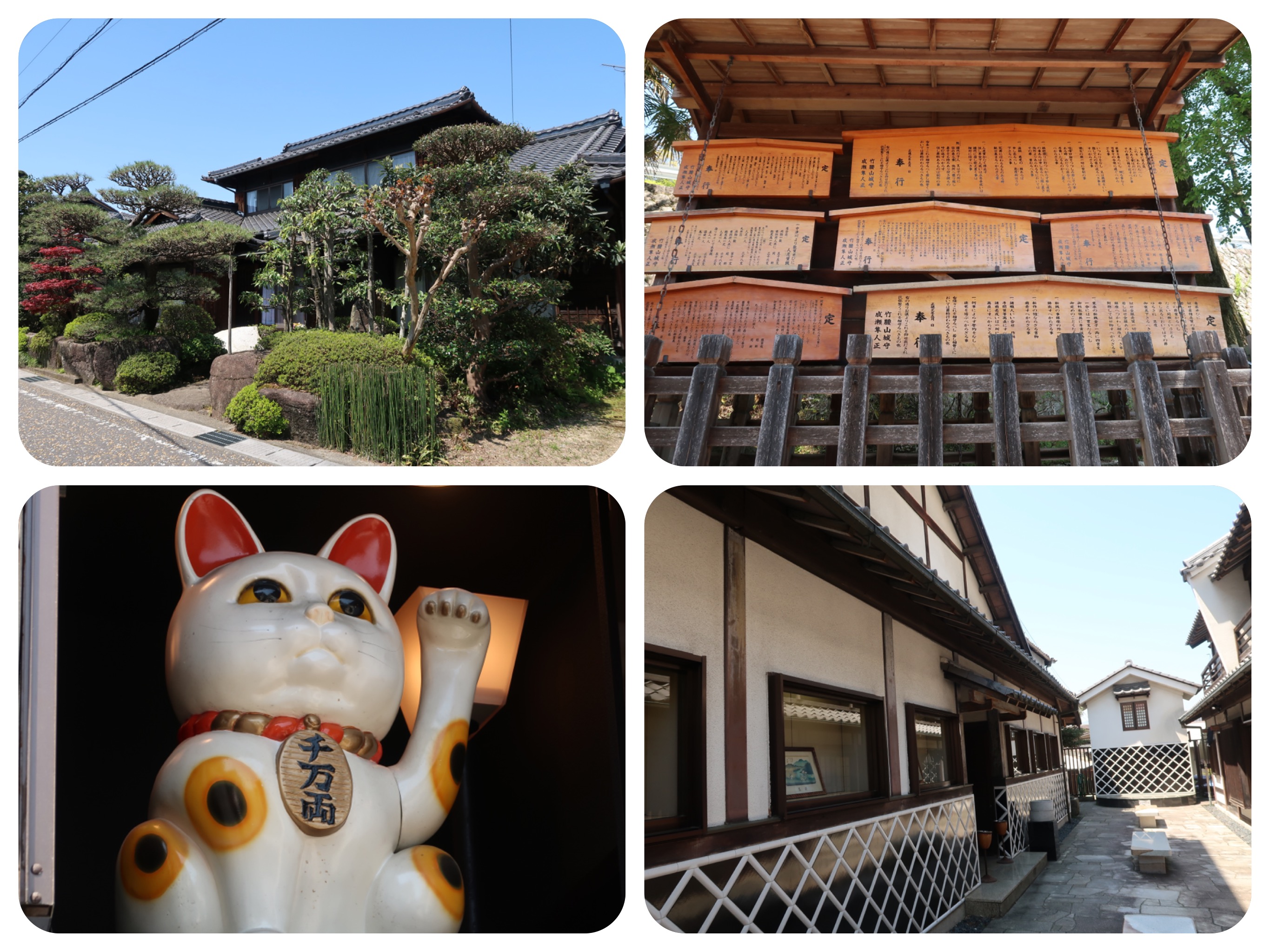
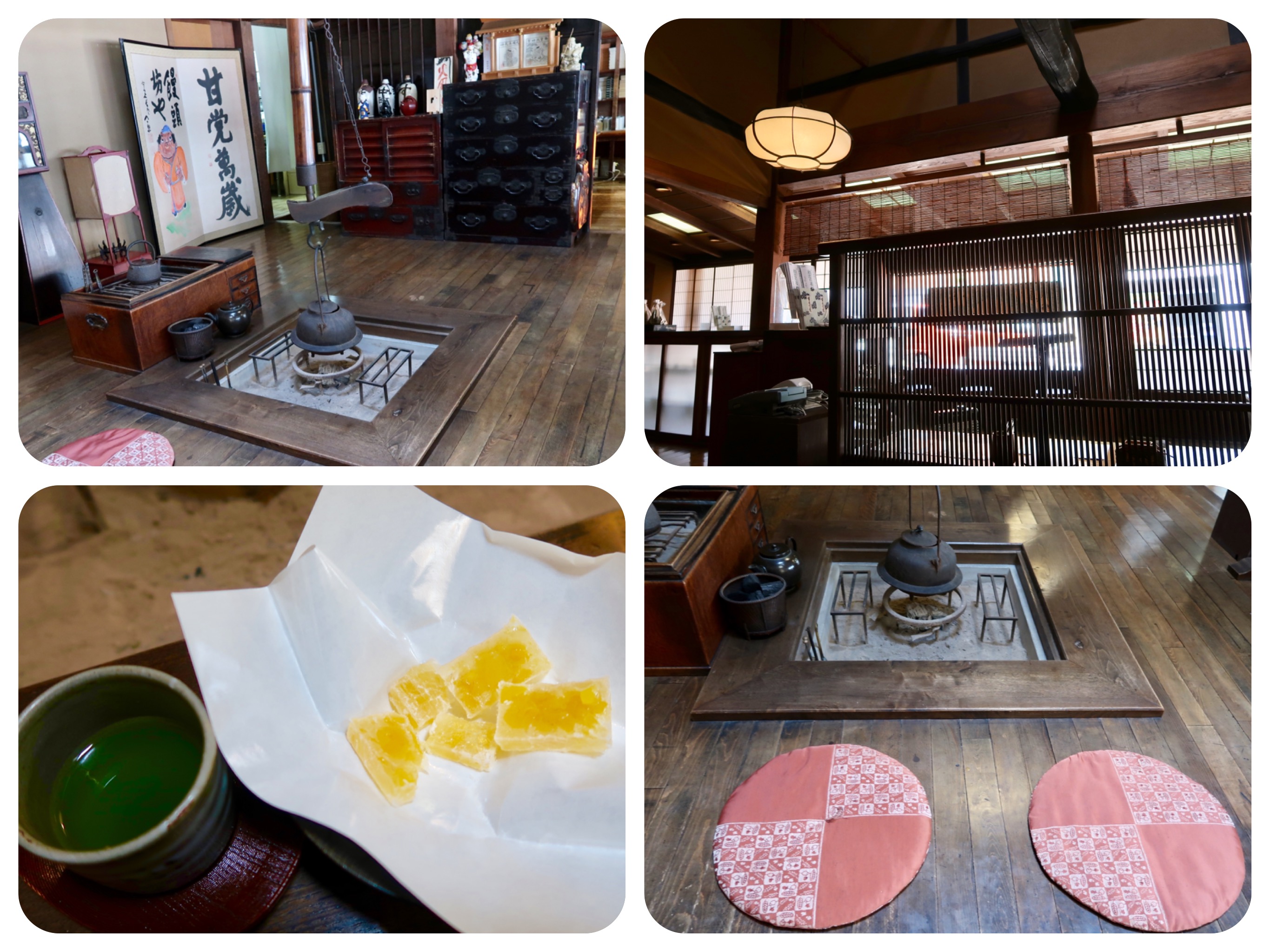
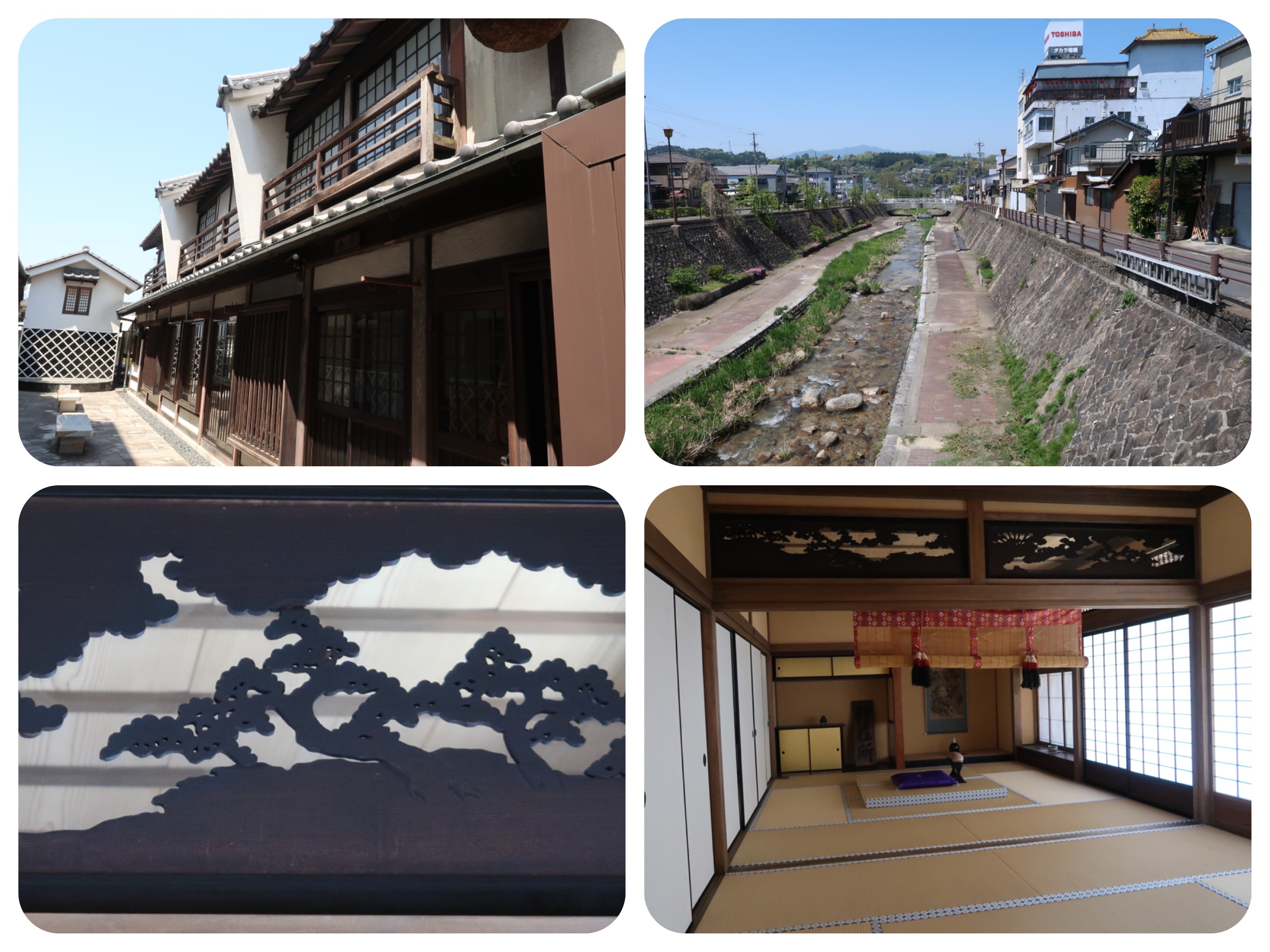
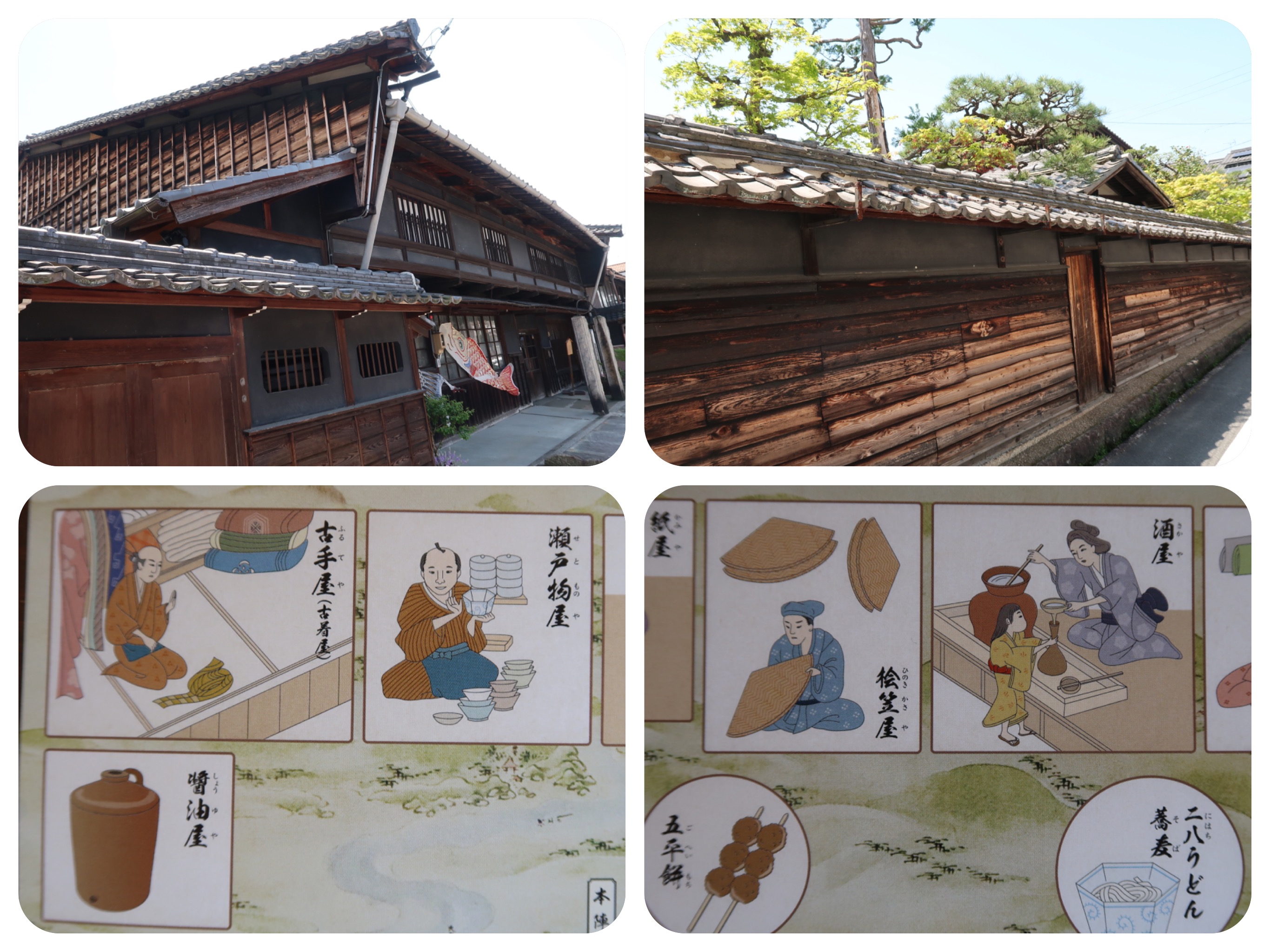
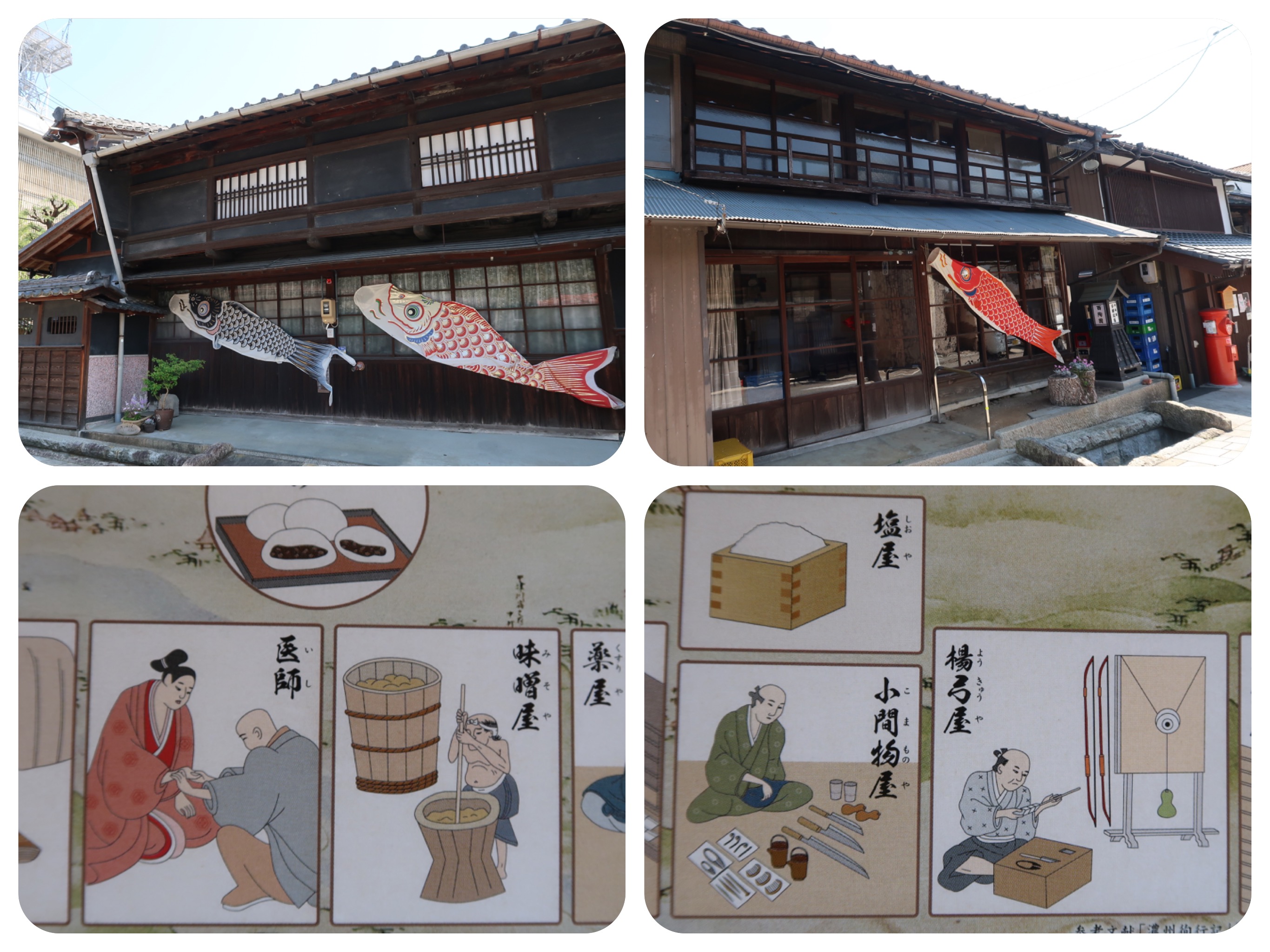
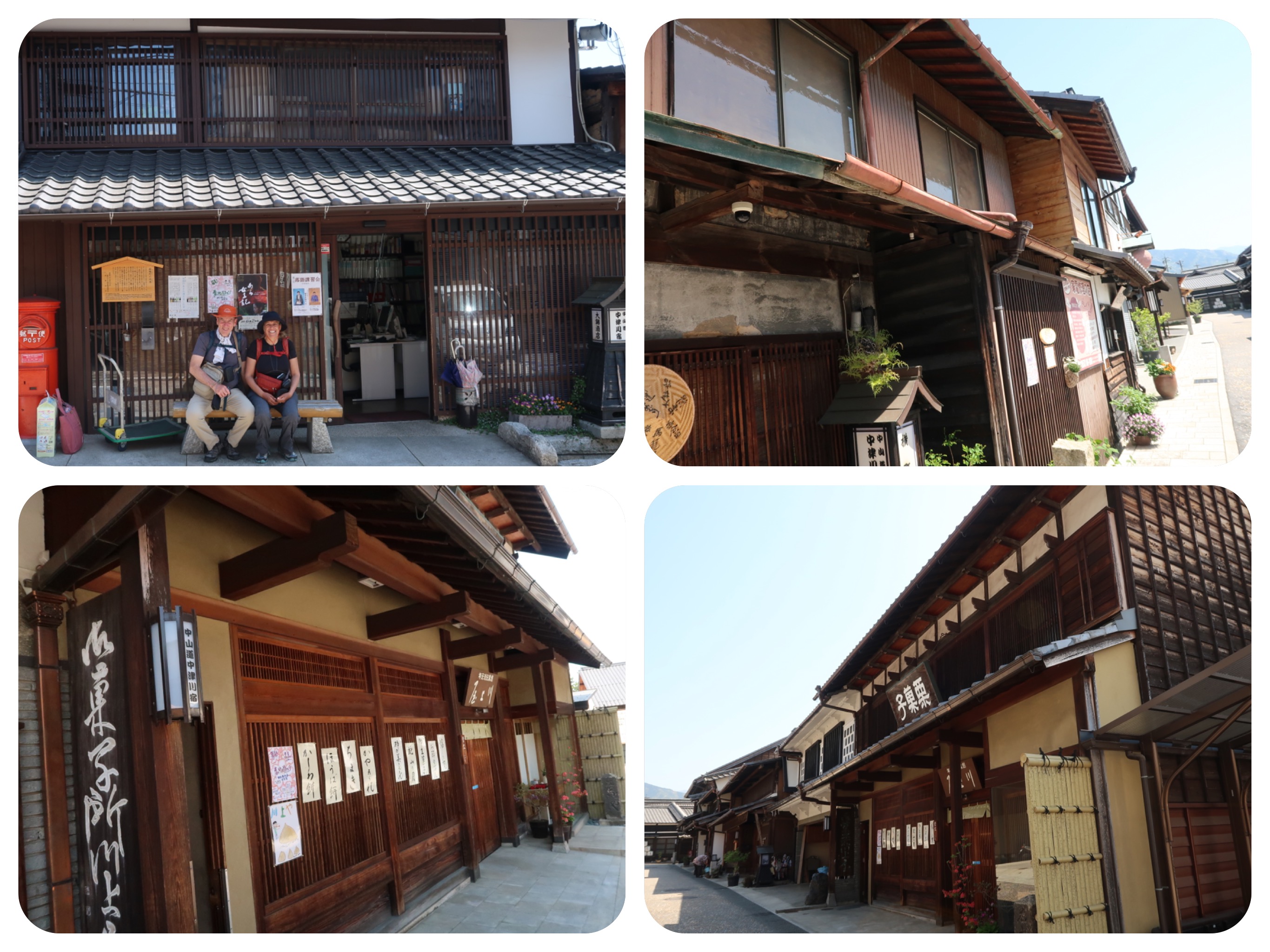
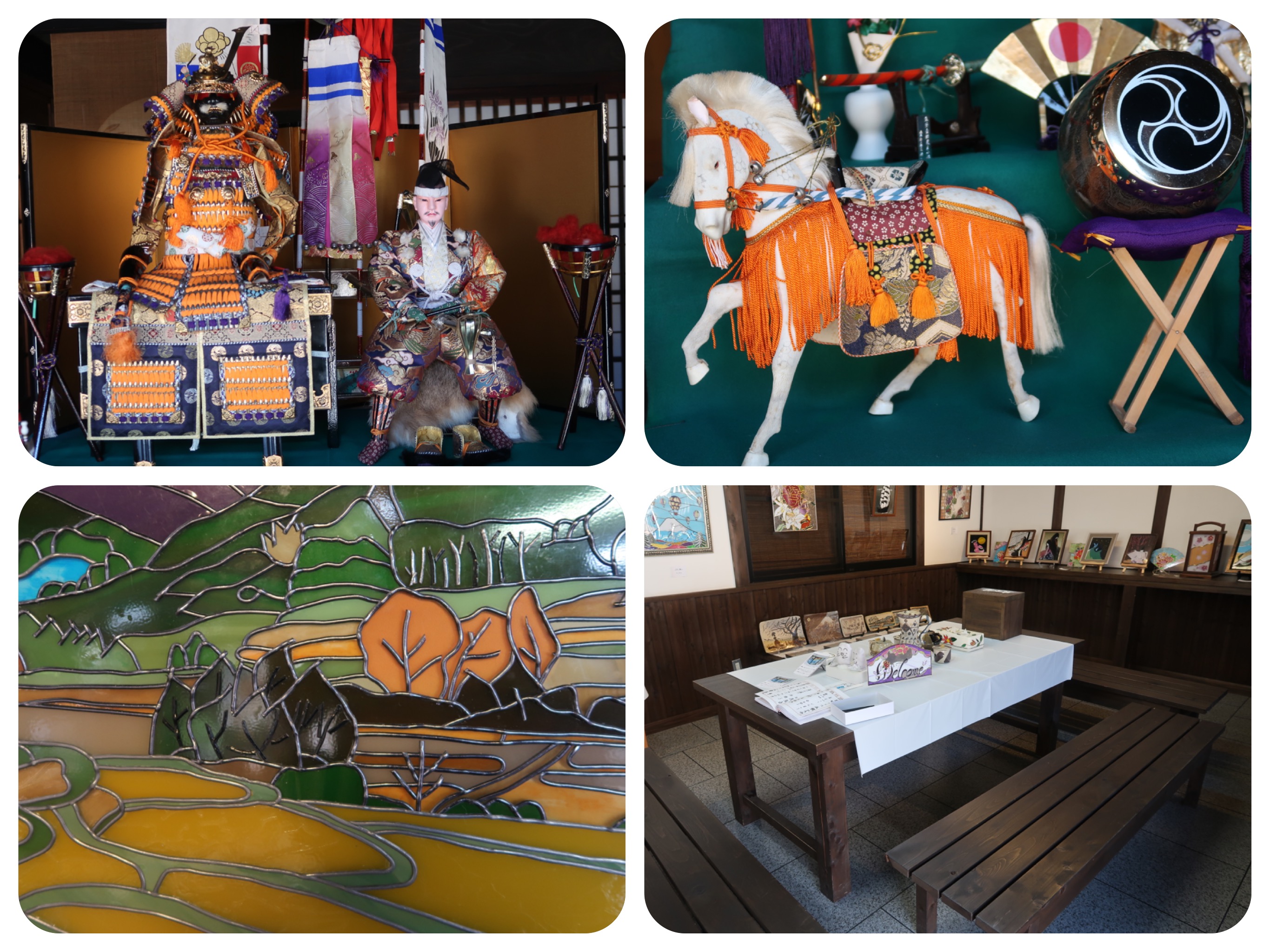
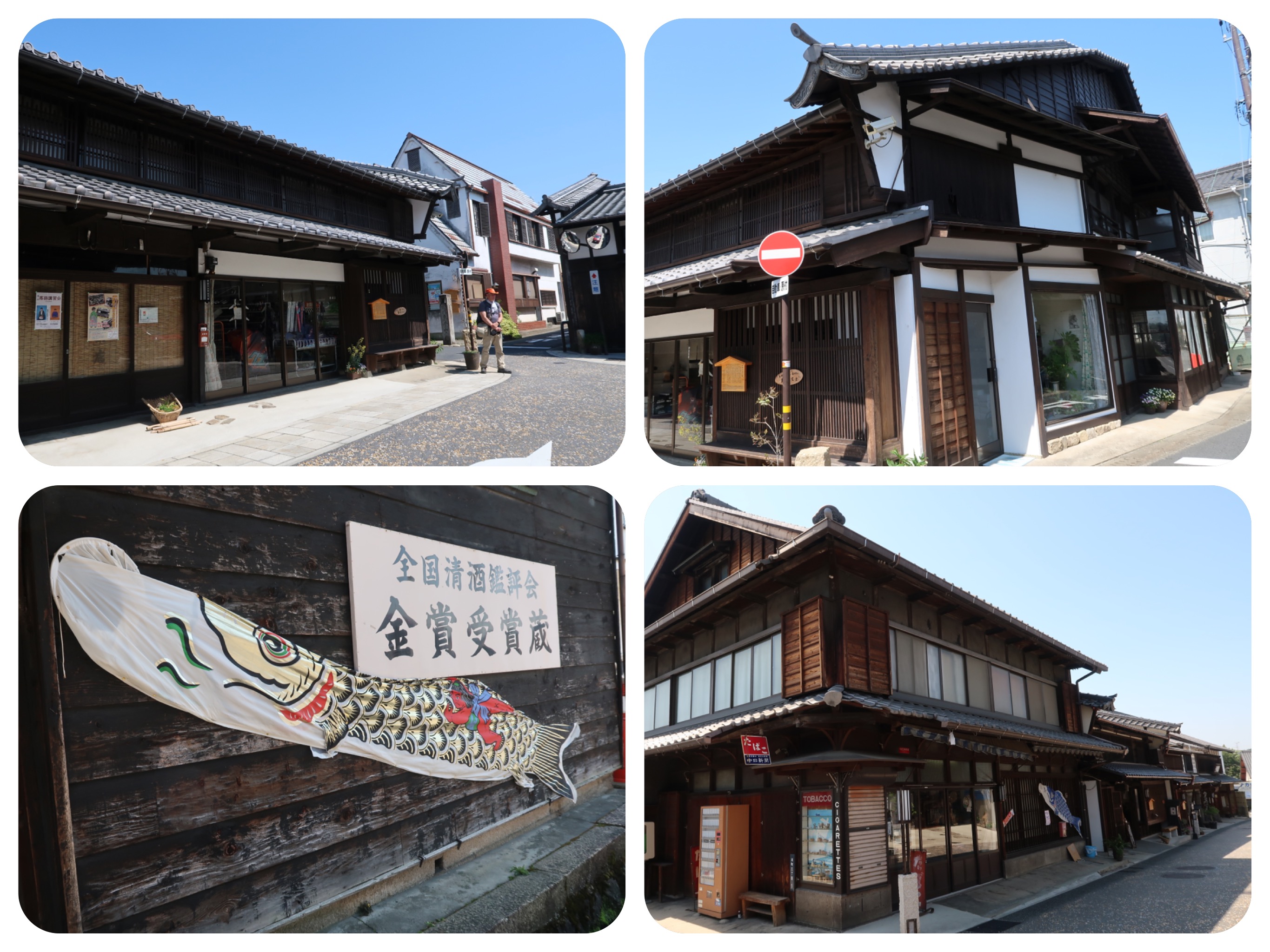
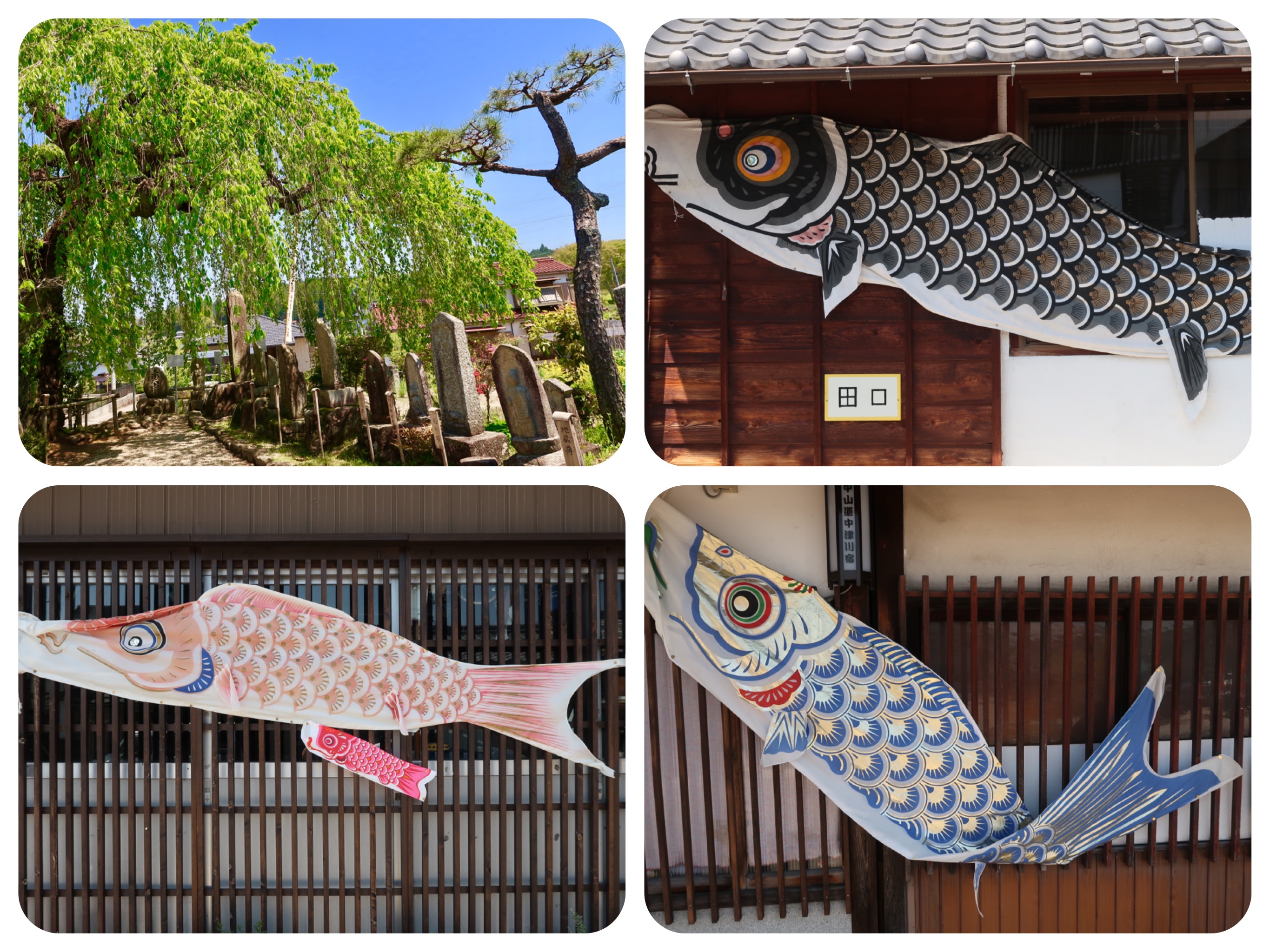
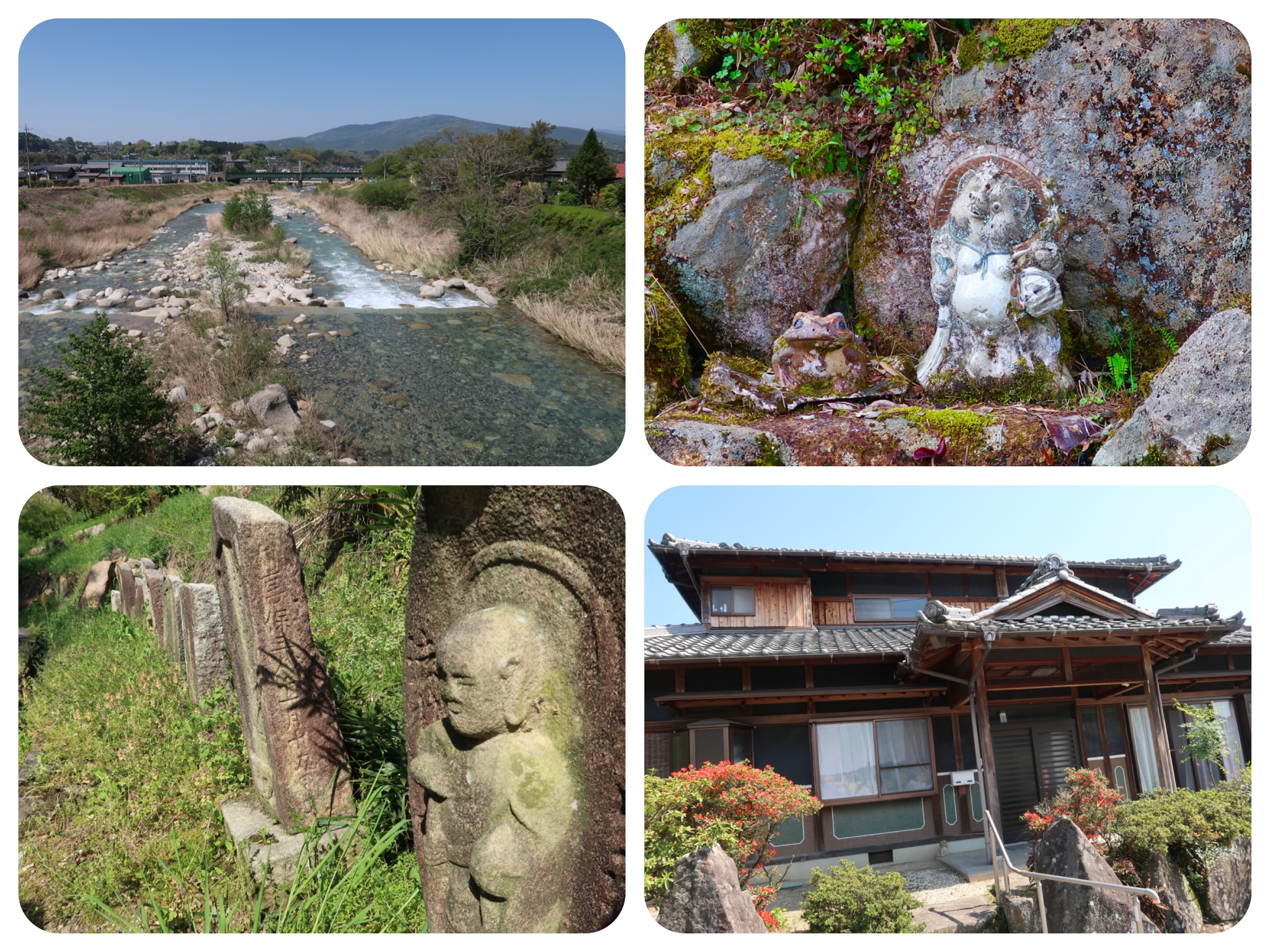
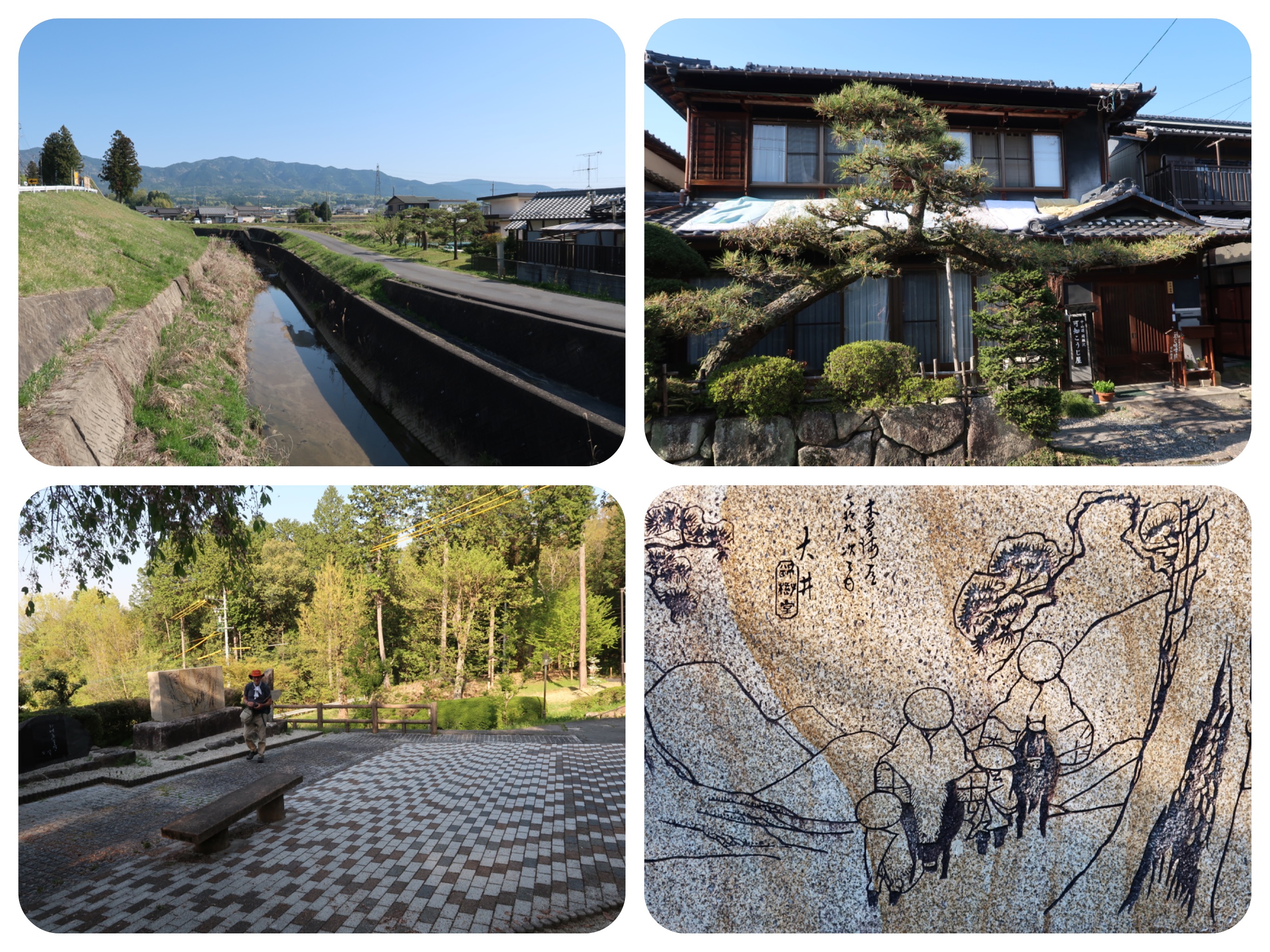
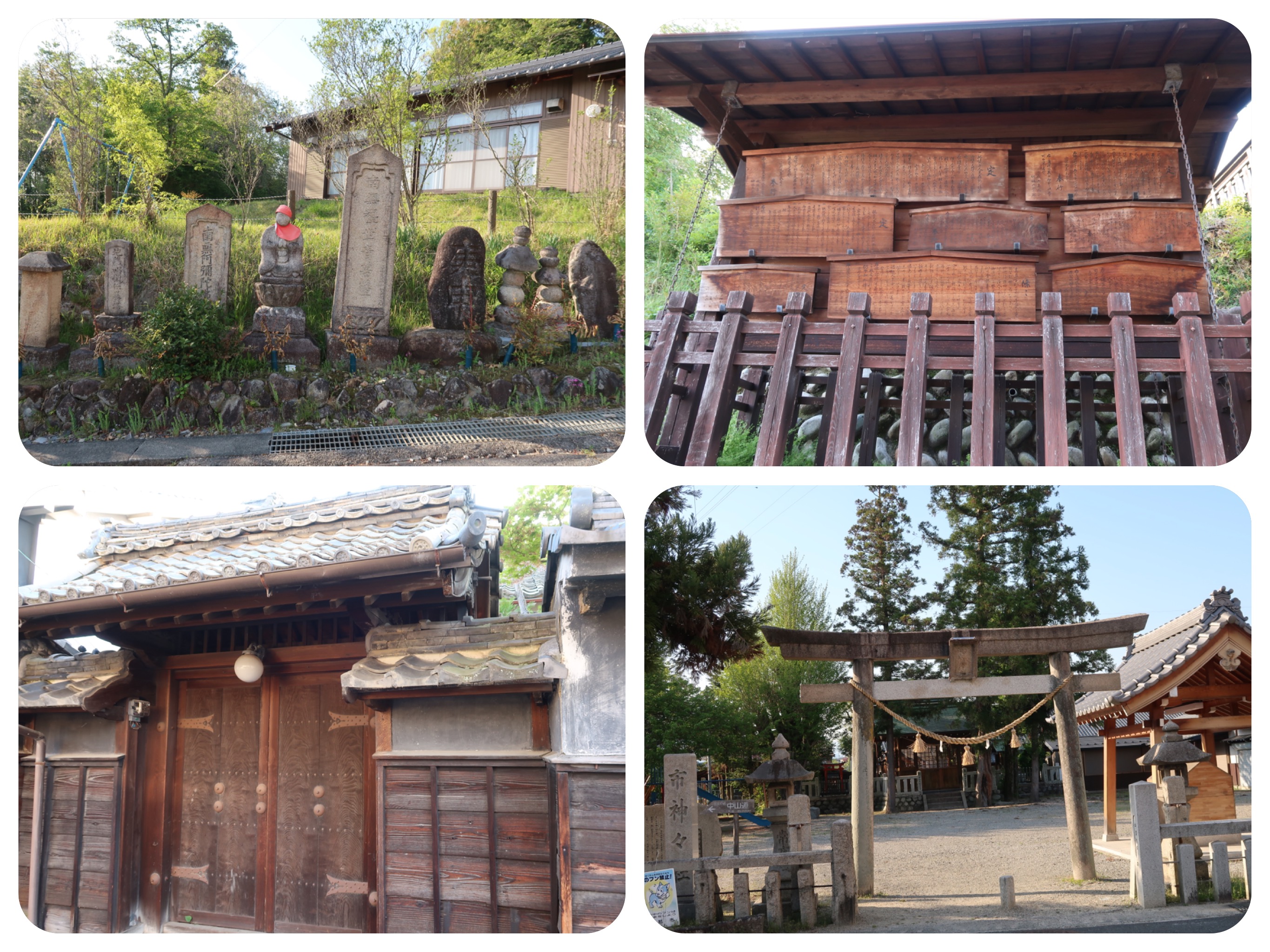
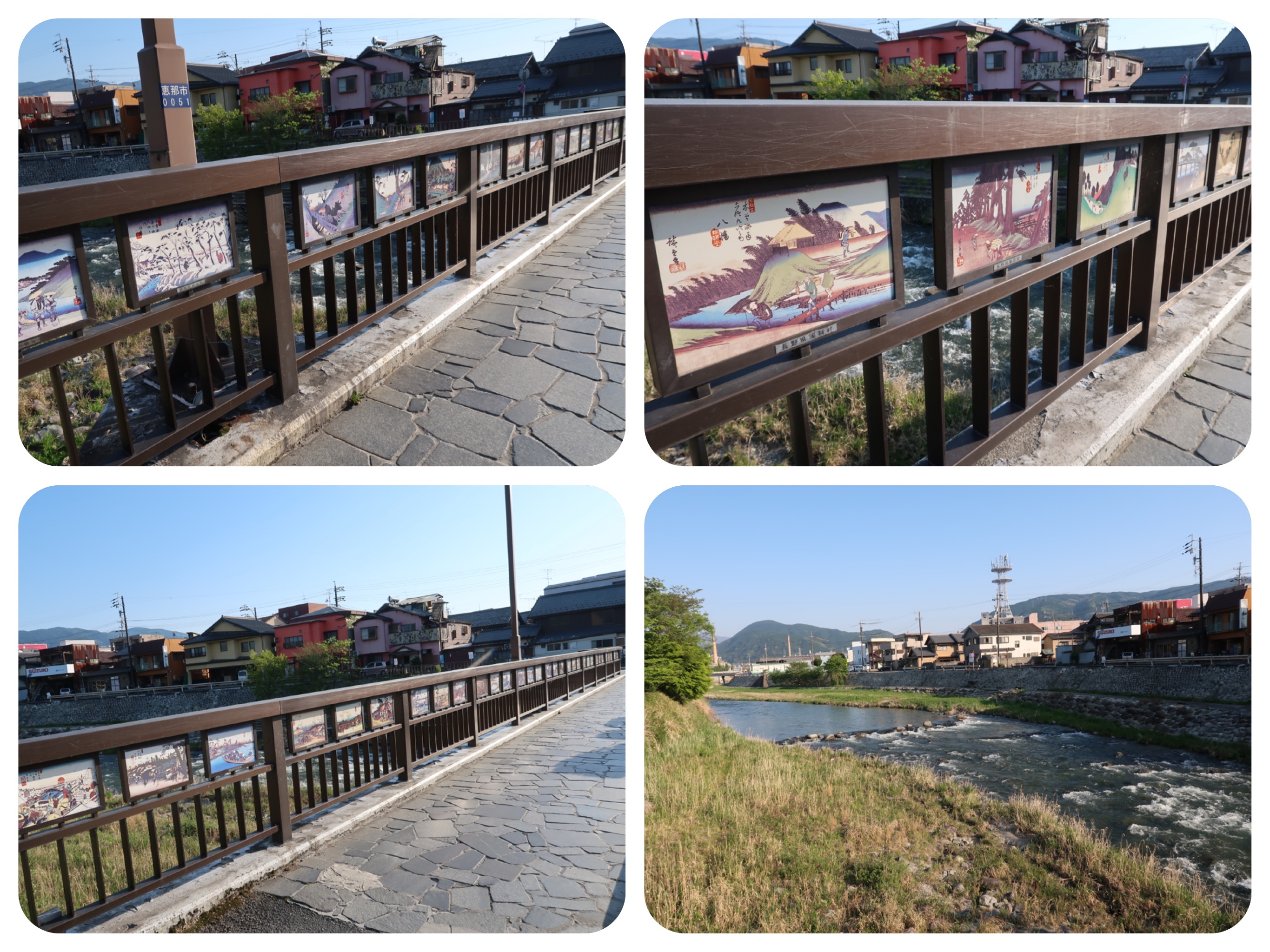
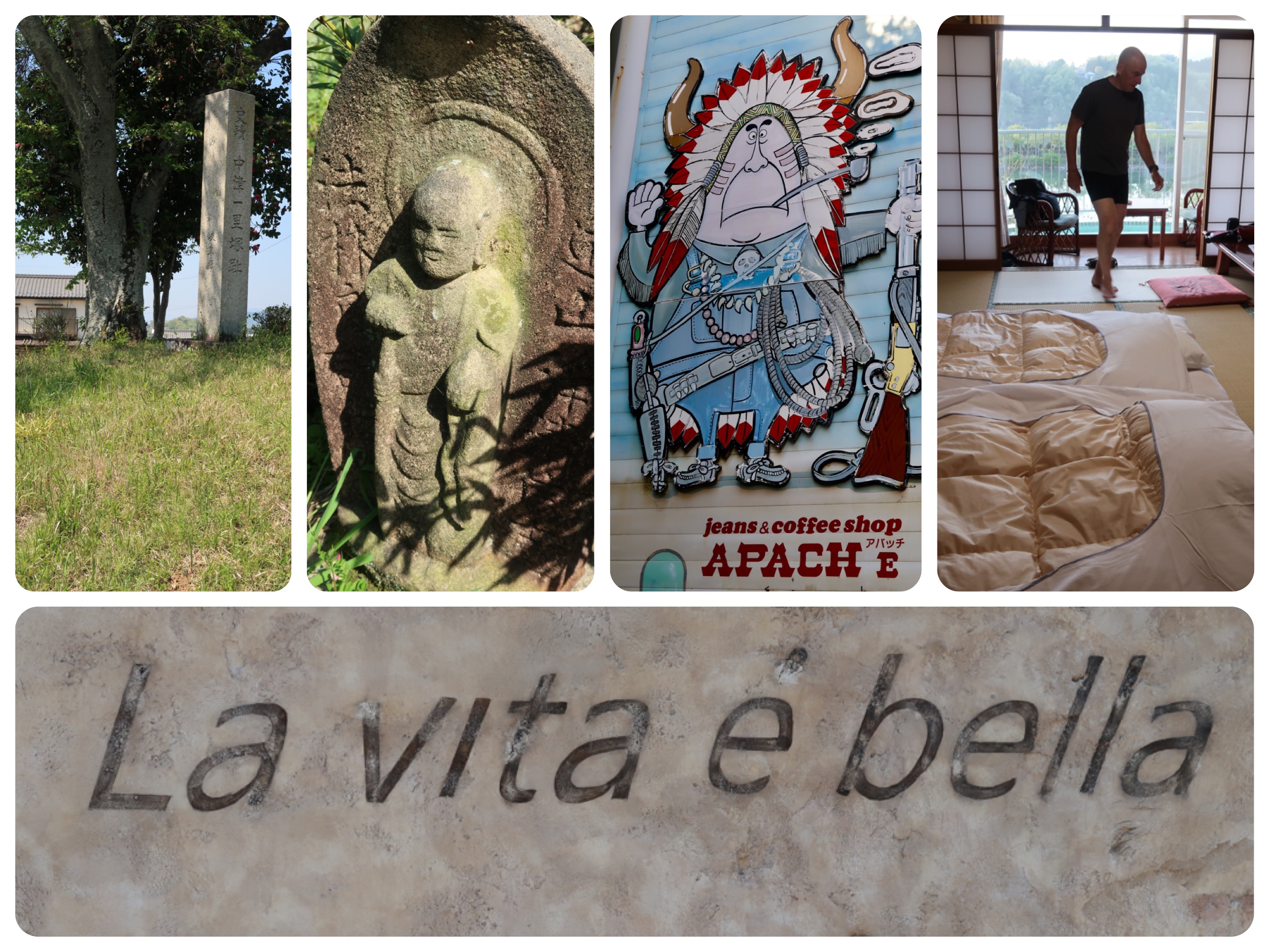
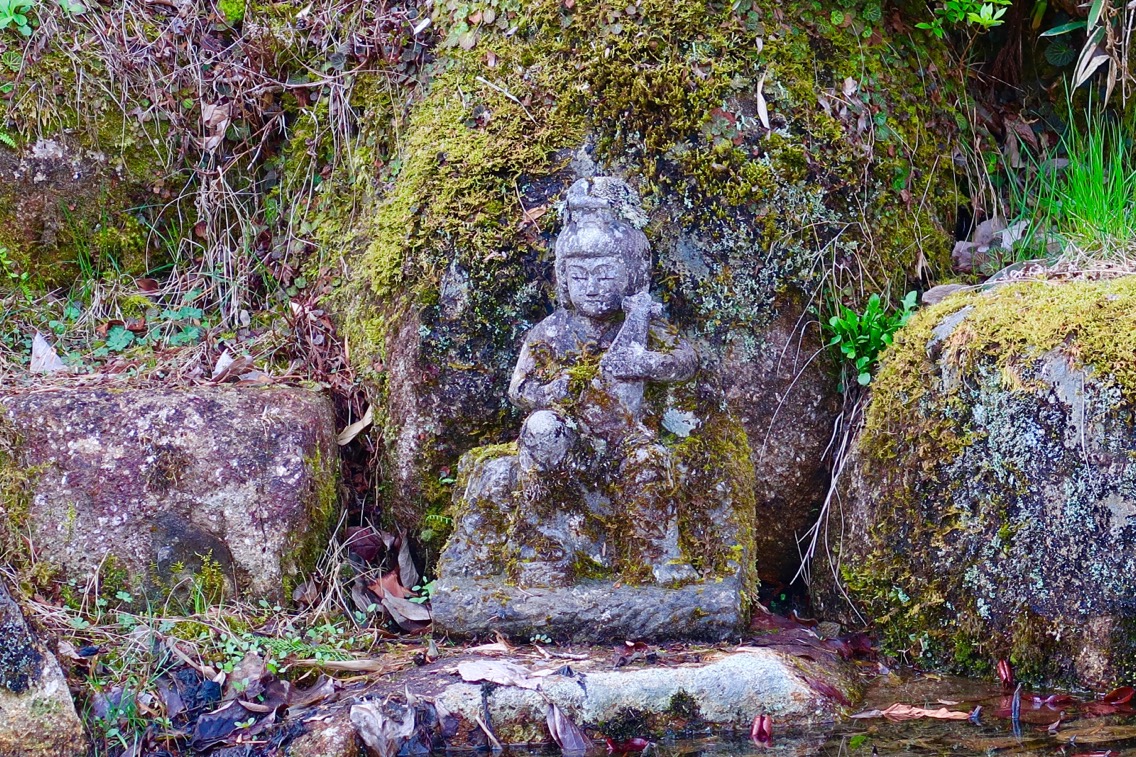
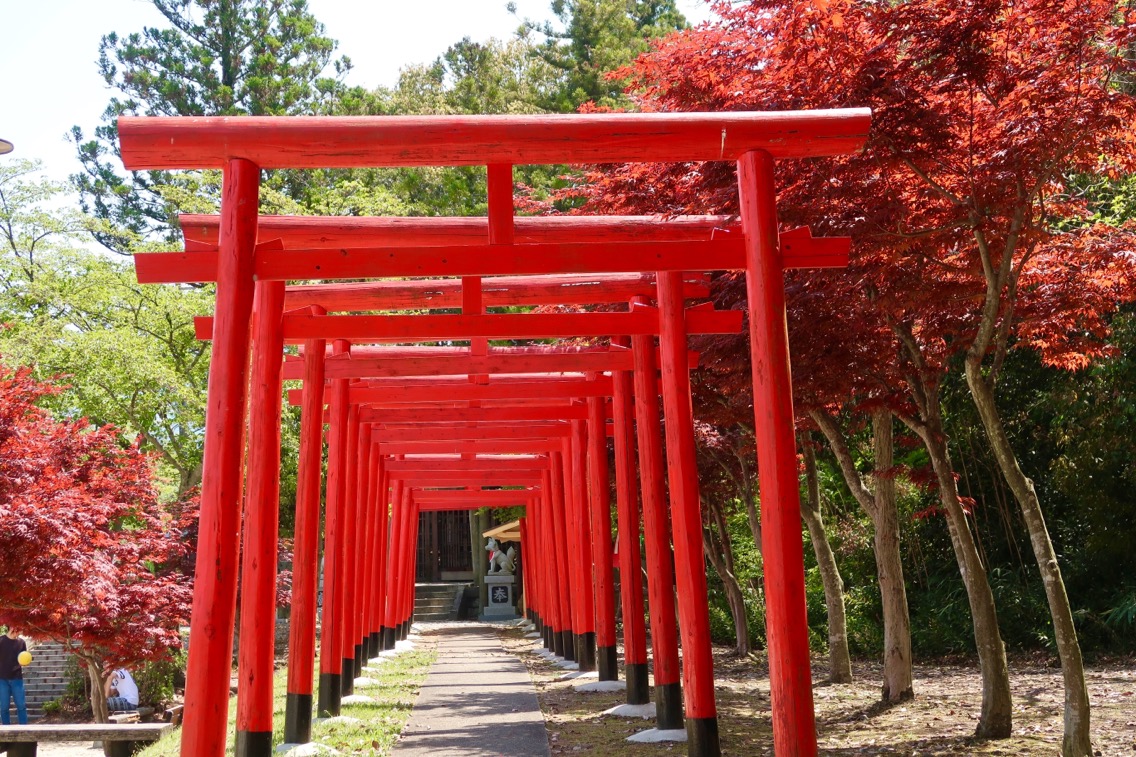
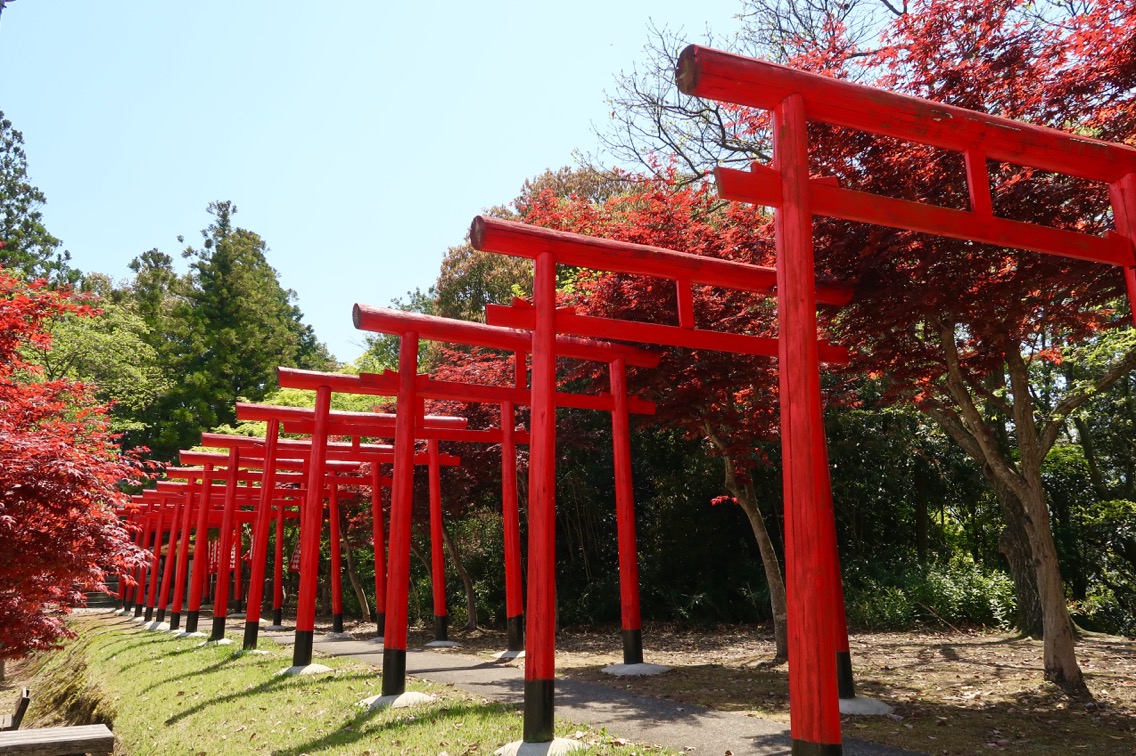
Day 21 - Walking The Nakasendō, Japan - Climbing 13 Hills, from Magome to Ochiai to Nakatsugawa to Ena
In the morning, we enjoyed breakfast at the Magome Chaya Inn, where we had spent the night, and started walking before 8:00am.
First we walked around Magome, and enjoyed the beautifully restored buildings, the cobblestone streets that slope down the hill, and the calm rural feeling of the place.
Before leaving town, we stopped at the Hillbilly Coffee Company, which opened at 8am, just as we were passing it on the street, to drink a soy mocha.
It was a treat that we did not think we would be able to enjoy later in the day.
The walk was scenic and very well signed.
There were toilets everywhere, and sign boards with a map of each town we passed through, listing all the houses, shops and inns.
It seems like Nagano and Gifu Prefectures have done a great job of restoring their post towns, and keeping them in great shape.
As we walked down into the plains, I realized that we had left the beautiful Kiso Valley.
It was a grand departure, and we got to walk on the “Ishidatami,” a cobbled stone paving of a forest path in Ochiai, created in the Edo period.
The Ishidatami were also created in other parts of the Nakasendō, particularly on steep hills or slopes to prevent erosion and runoff, and to allow the horses better footing.
Between Magome and Ochiai, we met an Australian woman who was walking the same distance that we were doing today, only she was doing it over three days.
She was walking from the post town of Oii (now called Ena) to Magome, walking only about seven or eight kilometers per day, seeing everything there was to see and visit in the area.
She had signed up for a self-guided tour and they had arranged for her accommodations, given her maps and descriptions of the trail and forwarded her bags to her next destination.
She seemed amazed that we planned to walk the same 26 Kilometers in one day.
Initially, I didn’t understand why she admired us, but now I know that it is because our walk today included climbing many hills, some of them quite steep.
The official number of hills between Magome and Ena is said to be 10, but we counted 13 steep hills.
It is a funny number, because tomorrow, we also have a long day of 13 mountain passes, called “Toge”, between the post town of Ena and the post town of Okute-juku.
Along the way we met a large group of Japanese people of all ages, who were walking the whole Nakasendō, from Kyoto to Tokyo.
They looked overheated as they rested in the shade.
Some of them lay down on the hard pavement, completely exhausted.
We stopped to chat with them.
They were happy to meet fellow pilgrims, who were doing it all on foot.
They seemed a bit disheartened to hear that there were so many hills to climb on their way today.
We wished them strength and enjoyment along the journey, and as the Japanese greet one another on hikes, we urged them to walk carefully and take care.
Then we continued climbing, but they did not look like they were ready to get up and continue walking just yet.
The sun was shining brightly, making all of us pilgrims sweaty and tired.
I almost missed the rain and the cool breeze that comes with it.
The Nakasendō trail today took us to the post towns of Ochiai-juku, Nakatsugawa, and finally to Oii, which is called Ena nowadays.
The towns had signs explaining the history and the uses of the old houses.
While the modem cities did not look so great, it was lovely to walk through the historical districts.
We visited the old Honjin (high officials’ accommodation) and admired the old buildings and street lights that still remained from the Edo period.
In Nakatsugawa, we tried to eat the famous Kurikinton, a traditional sweet made from fresh chestnuts that are boiled and mashed.
We stopped at an old confectionary shop that has been in business for more than two hundred years.
These beautiful candy shops look like high end boutiques, with an elegant display of candy that looks like precious jewelry.
The wrapping is done with rice paper, and there are often old brand stamps on the pastries.
We asked for Kurikinton, but we were told that Kuri (Chestnuts) are in season from September to January, and that Kurikinton is only available during that season, when the chestnuts are fresh.
We were offered other Chestnut candies to try instead.
We chose three different kinds of Chestnut sweets made from recipes that are hundreds of years old.
They were served to us with free hot green tea by the coal fire pit.
I was happy to sit without my shoes and backpack, with my knees folded under me.
Walking all day long up and down steep hills tends to stiffen the knees a bit.
The old town of Nakatsugawa is beautiful, and was designed with hook shaped streets, intended to slow down enemy armies and their horses.
This design was common to many of these post towns.
There are six hook shaped turns in the old town of Ena.
In Nakatsugawa, we learnt about the Udatsu.
An Udatsu is a fire wall built adjacent to a house, designed to protect the house from fire spreading from other houses.
Because the old houses were built almost touching each other along the Main Street, having an Udatsu, or fire wall, built was what would prevent a house from burning down along with the rest of the block.
The Udatsu became a symbol of abundance and success.
Only the rich could afford to build an Udatsu.
The poor, who could not afford to build one, lived in fear of losing everything they owned, their homes and their businesses to the fire.
“We can’t afford to build an Udatsu,” became a commonly used Japanese saying, that is even used today, to indicate that one has fewer chances to succeed in life.
Since we had made great progress when climbing the hills, we stopped into a barber shop and Jules got a very good haircut by a friendly old man who charged us a quarter of his usual price.
We did not expect such a big discount, and we think he gave Jules the discount because he only spent half an hour cutting his hair, instead of the normal pampering, head and shoulder massage, shampoo and shaving, which is included in the price of a normal haircut for a man in his barber shop.
We left town and continued walking.
On the outskirts of town we found no cafes and no restaurants, so we stopped to eat our snacks in an old rest area.
It was a pilgrim’s rest area, that is now a part of a cemetery with the cool shade of old growth trees.
As we sat there eating our snacks, I saw a young girl with her mother walking by.
The little girl pointed at us, the foreign pilgrims who were resting in a cemetery on the hill.
For a moment, I felt sad for myself....
I felt like the Indian sadhus that are covered in ash and live like hermits by the burning Ghats.
This is what being a pilgrim is also about... You take shelter from the sun and the heat and the steep climbs, wherever it is available....Cemeteries included....
In Ena, there is an old inn on the Nakasendo.
It is normally reasonably priced, but for some reason on the day we tried to book it, it showed up on Agoda at $400 per night including meals.
I decided to book an onsen hot spring hotel on Ena lake, located in Ena Valley, instead.
When we got to Ena at five in the evening, it was too late to walk the old town.
The Hiroshige museum was already closed and most of the shops had also closed down.
We needed to get to our hotel by the lake.
The hot spring hotel included dinner and breakfast, and we didn’t want to arrive too late.
We were tired from the long day of hills and heat, and we wanted to bathe in the hot springs before dinner.
We decided to walk around the town of Ena tomorrow.
At the train station, we knew there would be taxis to take us to the hotel.
When we arrived at the train station, we saw a shuttle bus to a hotel near the one we had booked.
I spoke to the driver who tried to call our hotel repeatedly, but they did not pick up the phone.
He told us to sit and wait, while he drove to our hotel and asked them to send their shuttle to pick us up.
True to his promise, he sent our hotel shuttle, which arrived in less than ten minutes.
Our driver apologized repeatedly for not picking us up on time.
We didn’t have the heart to tell him that we had not made prior shuttle reservations, because we did not even know that the hotel had a pick up shuttle service.
We just thanked him and told him it did not matter.
When we arrived at the hotel, the driver opened the van door for us, placed a small wooden stepping stool for us to step on, and placed his hand on our heads, to make sure that we did not bang our heads as we exited the van.
If you have never been to a mass market Onsen (hot spring) hotel in Japan, it is an experience that is worth having at least once.
We have stayed in other very large hot springs hotels in Japan, but never in a mid-market one like this one.
Everyone doted on us to make us feel warm and comfortable.
The hotel has a “manga corner,” which is a huge library of comic books with seating to sit and read.
Even though we had booked a Japanese Style room, they thought we would enjoy a Western Style room with beds.
We gently insisted on a Japanese Style room and they went upstairs to prepare one for us.
At the front desk, you get to choose your Yukata (light kimono that is used as a bathrobe) with whatever design and size you prefer.
It is permitted to wear the Yukata everywhere in the hotel, including to the dining hall.
In some upmarket hotels, they ask you not to come to dinner with Yukatas, but to only use them in your room or to go to the hot springs.
I chose a pink flowered Yukata and Jules chose one with a blue geometric design.
Our Japanese Tatami mat room was spacious and clean.
The hot spring was clean and nice and the water had nine different minerals in it, which felt a bit salty, but was odorless and very pleasant
Even though there were lots of women, I enjoyed the indoor bath and the Rotenburu bath outside, having lots of space and quiet time, soaking under the blue moonlight.
As we entered the bustling dining hall, we were warmly greeted and we were given rubber bands, to tie up the sleeves of our Yukatas to prevent them from getting into our food as we ate or made our choices from the buffet.
The buffet had a large selection of fabulous food.
There was an abundance of sushi and sashimi, all the favorite Japanese delicacies, and a selection of raw marinated fish to grill on your own small table side cast iron grill.
We didn’t take advantage of it, but there was free alcohol like Sake, beer and plum wine, as well as a huge selection of sweets (a few of which we did eat).
The view of the lake from our room was nice, although I expected it to be a bigger lake.
There were covered boats to take people on a boat ride around the lake, and I saw people wearing Yukatas walking around the lake and going for boat rides.
Tonight, after the hot springs soak and the lavish dinner, I had no energy left to write my travelogue or plan anything.
I collapsed into the futon and slept deeply.
Smiling at you with warm loving eyes,
Tali and Jules
Day 21 - Stats:
Total walking time 9 hours
Active walking time 6.5 hours
Total steps: 34,581 steps
Daily Kilometers: 25.5 Kilometers
Total Kilometers walked up to date: 487 Kilometers
Accommodation: Yukai Resort Enakyo Kokusai located on Ena Lake.
It has traditional Japanese style rooms or western twin rooms, with private toilet and showers and good indoor and outdoor hot spring baths with 9 minerals.
It serves good dinner and a complete breakfast buffet.
Total elevation climbed 1,468 meters
Total descent 1,800 meters
Maximum Altitude reached 613 meters
Stations Visited In Gifu Prefecture
43. Magome-juku (Nakatsugawa)
44. Ochiai-juku (Nakatsugawa)
45. Nakatsugawa-juku (Nakatsugawa)
46. Ōi-juku (Ena)
A Bit About the Stations Visited:
Ochiai-juku - #44
The Honjin and the sub-Honjin, as well as some old street lights, remain from the Edo period.
The Honjin were the main rest areas in old post towns and very few remain today.
There are 13 hills that must be traversed to get to Ochiai-juku from the preceding post town of Magome-juku.
Nakatsugawa-juku - #45
During the Edo period, Nakatsugawa-juku reached a population of over 1,230 people and contained over 175 homes.
There are many historical artifacts remaining today, including a stone monument with a haiku written by Matsuo Bashō.
Ōi-juku - #46
Oii post-town lies at the far end of the modern town.
It has six hook shaped turns.
The road passes through the modern night life area, hotels, and restaurants, to the railway station area.
Beyond the station the old post-town area is well preserved.
In this area, the highway may date back to around 1100 or before, but Oi itself had 175 households and 1,227 people in the 1790s, a medium sized post-town.
The area around the former Honjin is well preserved.
The gateway to the Honjin, the surrounding ordinary inns, and the double Masugata hook shaped road, have all survived to this day.
There is also a modern museum dedicated to Hiroshige, the amazing artist who made woodblock prints of the Nakasendo and the Tokaido, which is worth a visit.
